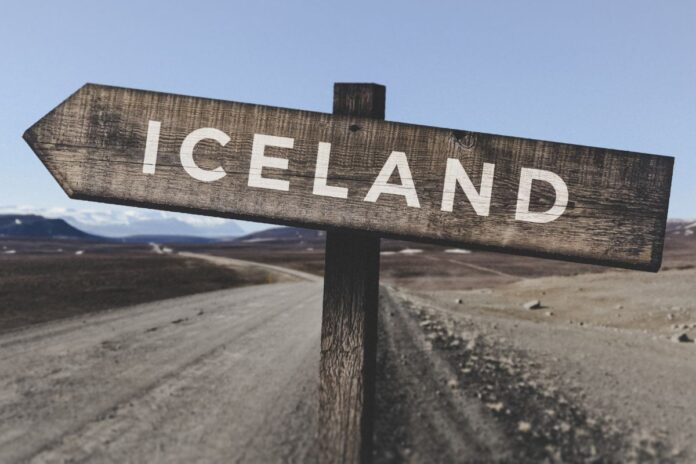This article originally appeared on: daily-stuff.com
Are you thinking about a vacation and craving something different? How about a spot that’s calm, boasting views of glaciers and volcanoes? Look no further than Iceland! After sharing two articles about this captivating Scandinavian gem, it seems your interest is only growing. Well, here’s the third edition, packed with more intriguing tidbits about Iceland to satisfy your curiosity.
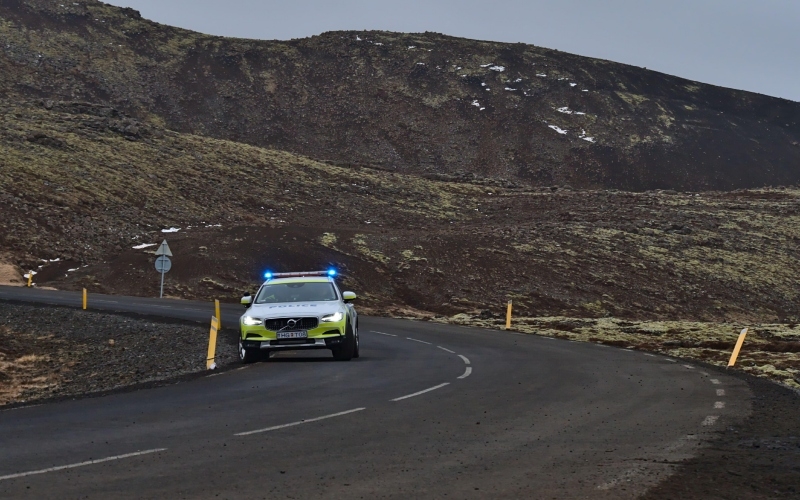
Unraveling Iceland’s Safety Secrets
We’ve touched on this topic before, but let’s delve deeper into Iceland’s safety record. When it comes to crime, this land of fire and ice boasts an impressive track record. In 2017, which was considered an unusual year, Iceland experienced a staggering four murders. Yes, you read that right—four. In a typical year, the country sees an average of just 1.6 murders and remarkably low instances of other violent crimes.
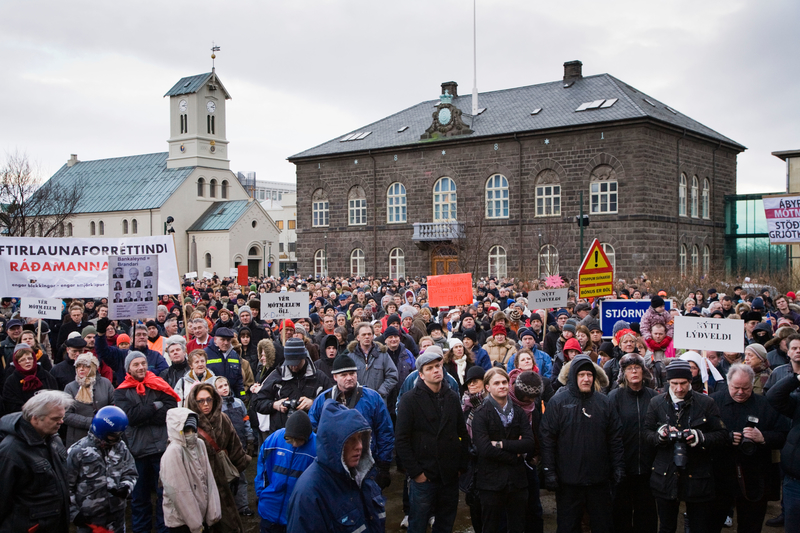
Iceland’s Peaceful Revolution: A Silent Roar in 2008
While it may not have made big international headlines, Iceland underwent a silent revolution in 2008. Triggered by the collapse of the banking system, skyrocketing unemployment, and fears of food shortages, the Icelandic people took to the streets. Peaceful protests paralyzed the capital as citizens demanded change. The outcome? The Prime Minister and the former government were compelled to step down, leading to the creation of a new constitution crafted by the people themselves.
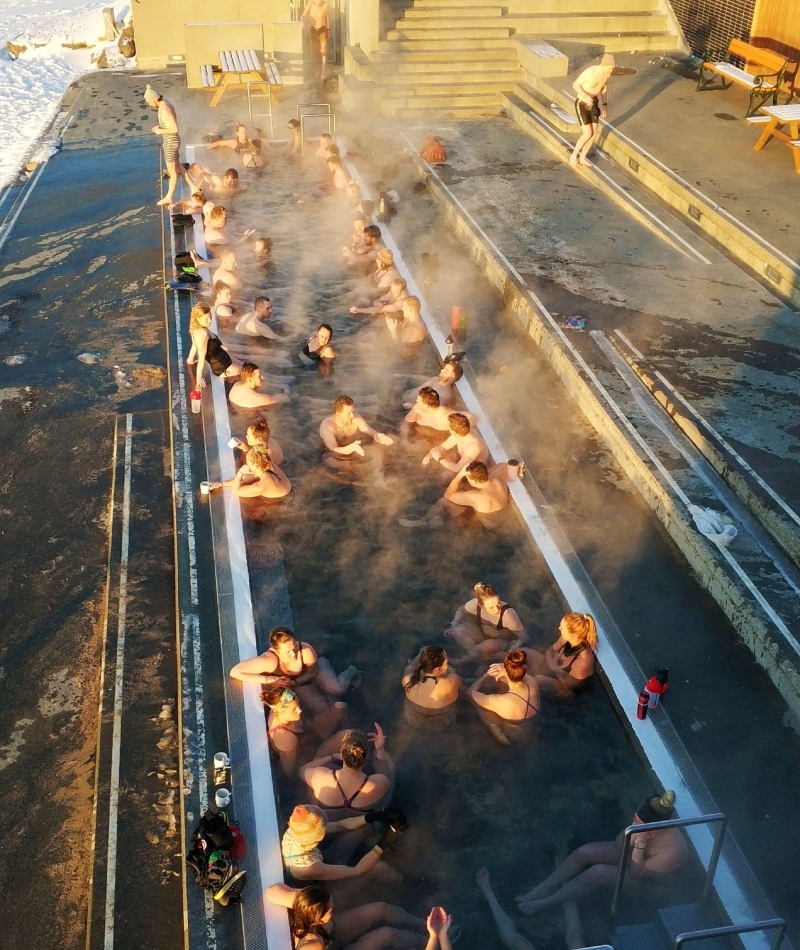
Icelanders Brave the Chill: Winter Swims and Geothermal Warmth
One might assume that Icelanders would ditch swimming during the icy winter months, but that’s far from the truth. Thanks to the abundance of geothermal, volcanically-heated water, swimming is a year-round activity. With countless hot springs offering pools at a toasty 86 degrees Fahrenheit or more, Icelanders defy the cold and take a refreshing dip whenever they please.
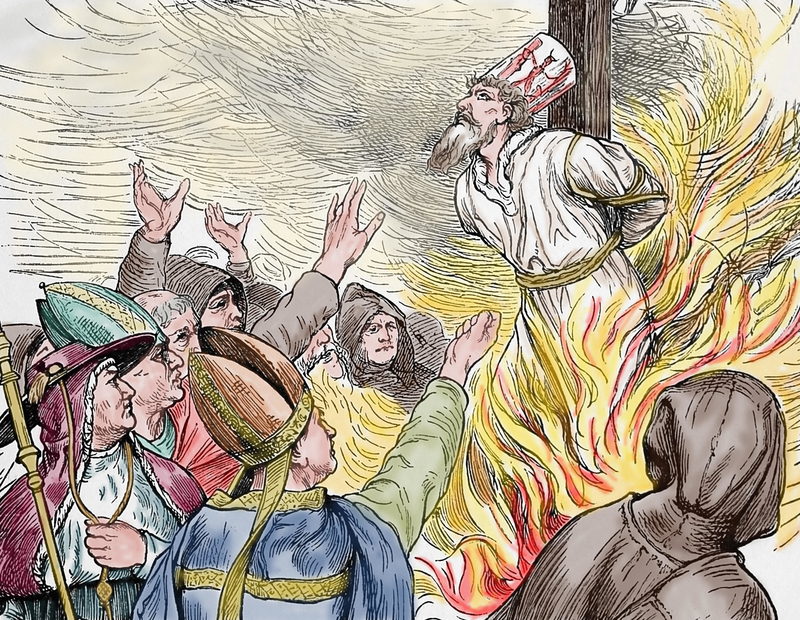
Witch Hunts in Iceland: A Dark Chapter in History
For all its picturesque landscapes, Iceland harbors a dark history. From 1654 to 1690, the country experienced a period of intense witch hunts, akin to those in the U.S. and parts of Europe. Strikingly, only one woman faced prosecution during this period, as men emerged as the primary targets in Iceland’s historical battle against witchcraft. A unique twist in the global narrative of witch hunts, to say the least.
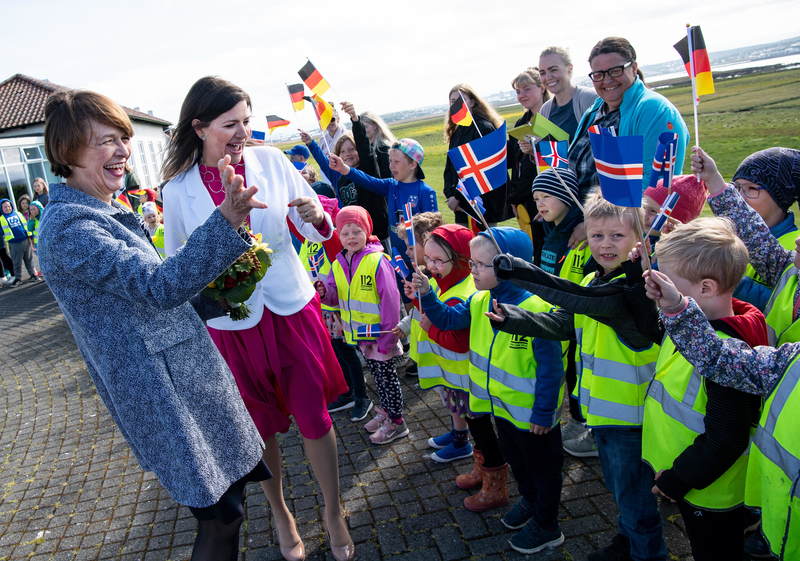
Polyglot Prowess: Icelandic Students and Languages
Icelanders are celebrated for their linguistic skills, with many tourists praising their proficiency in English. This linguistic prowess can be attributed to Iceland’s education system, where students are taught their native language, along with English and Danish. An estimated 80 percent of young students grasp basic English, while some assert that up to 98 percent of adults are fluent in multiple languages. This multilingual talent adds another layer to the fascinating tapestry of Iceland’s cultural diversity.
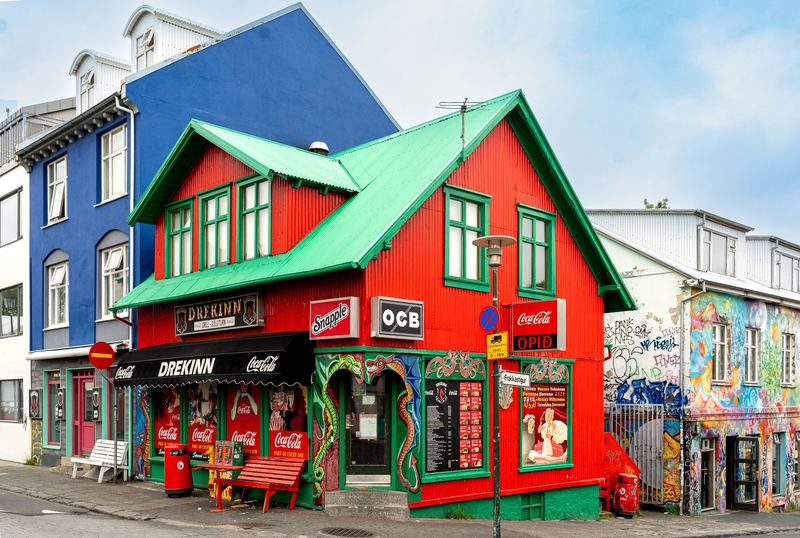
Iceland’s Innovative Workweek Experiment
Iceland made waves as one of the pioneers in experimenting with a 4-day workweek. Spanning from 2015 to 2019, they executed the world’s largest trial, revealing that employees experienced heightened happiness, improved health, and increased productivity. The results were so positive that one might wonder why they discontinued the trial at all.
These groundbreaking trials occurred in diverse workplaces, including hospitals, preschools, offices, and social services. Imagine a perpetual three-day weekend—a tantalizing prospect that leaves us eager to sign up!
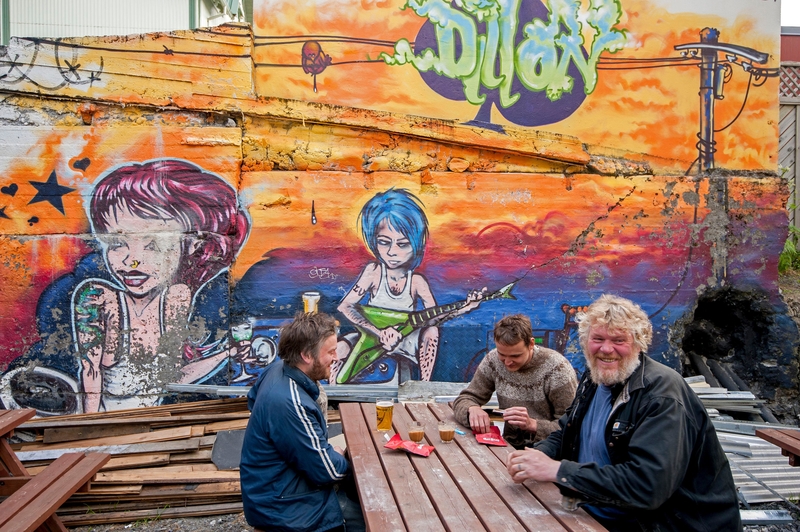
Beer Day: A Toast to Freedom
Similar to the United States, Iceland faced a stint of prohibition. However, unlike its American counterpart, Iceland marks the end of prohibition with a national beer-themed celebration! In 1908, Icelanders voted for an alcohol ban, enduring an astonishing 80 years without booze until 1989. March 1st now stands as Beer Day, an unofficial national holiday celebrating this liberating milestone, with beer reigning as the most popular alcoholic beverage in Iceland.
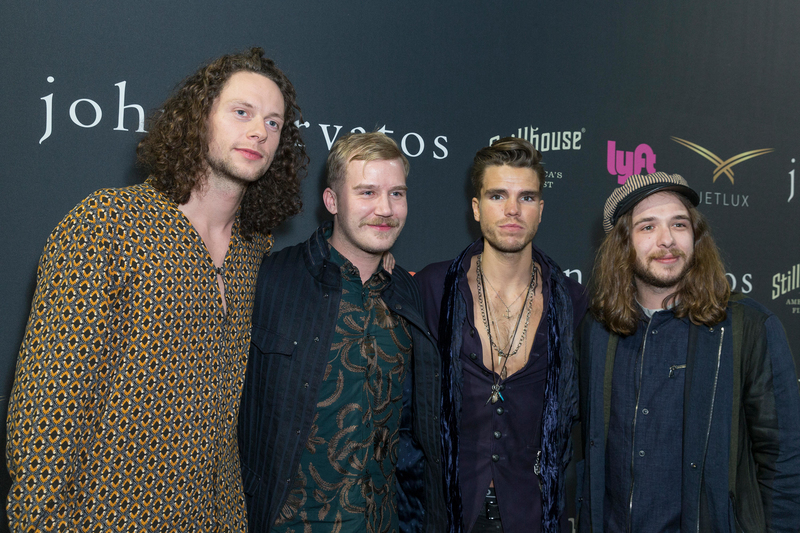
Harmonies from the Heart: The Icelandic Music Tapestry
Iceland’s musical tapestry is rich and varied, spanning from spirited folk tunes, some dating back to the 14th century, to a vibrant modern music scene. Despite its small population, Iceland boasts numerous acclaimed bands and musicians. While Björk is often credited with bringing global attention to Icelandic music, there are other notable names like Kaleo, Sigur Rós, and Of Monsters and Men.

Beyond Gregorian: Iceland’s Medieval Calendar
While the Gregorian calendar reigns supreme in most modern countries, Iceland has its historical timekeeping system. During the Viking Age, Icelanders followed a month system based on weather and crops. The calendar featured two seasons—summer (Harpa, Skerpla, Sólmánuður, Heyannir) and winter (Gormánuður, Ýlir, Mörsugur, Þorri, Goa, Einmánuður). A fascinating glimpse into the cultural legacy of Iceland’s past.
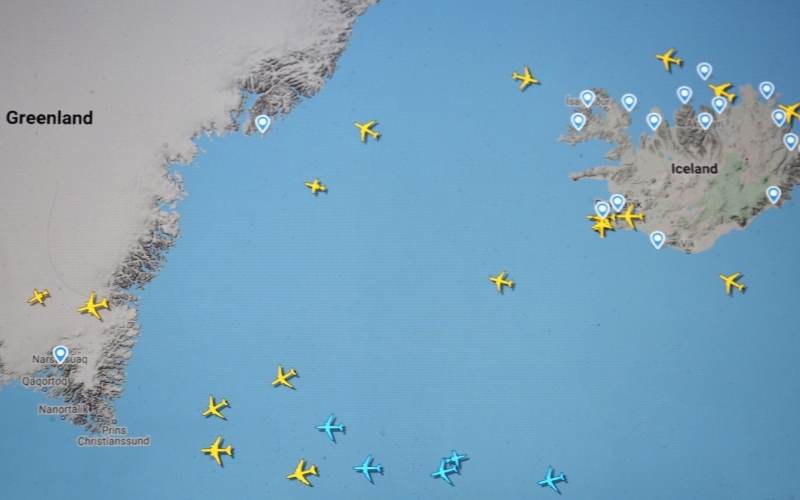
Vikings’ Seafaring Legacy: Iceland’s Colonies in Greenland
With Vikings at the helm, Icelandic culture thrived on sailing expeditions, leading to the discovery and establishment of colonies in new lands. In 986, Icelanders settled in Greenland, but these colonies vanished between the 14th and early 15th centuries. Archaeologists attribute their demise to a combination of starvation and the Black Death, revealing a poignant chapter in Iceland’s exploration history.
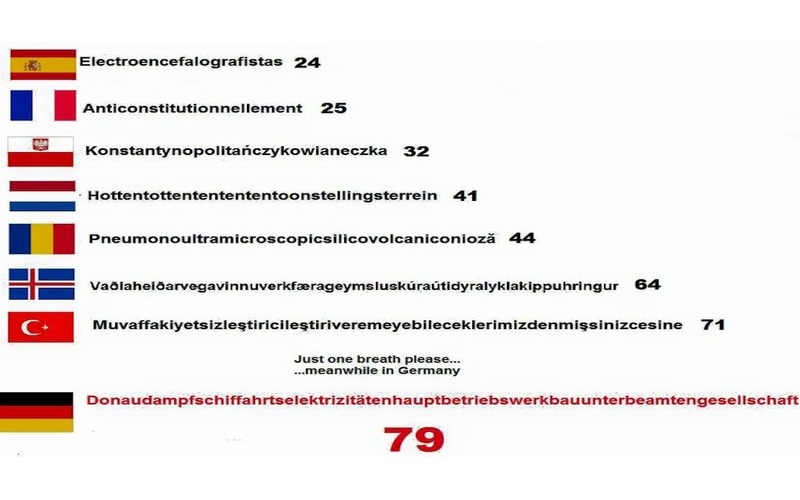
The Linguistic Odyssey: Tackling Icelandic
For those brave souls attempting to master Icelandic on Duolingo, we salute your ambition and empathize with the challenge. The Icelandic language presents a formidable task for English speakers due to its archaic vocabulary and complex grammar. As a testament to its linguistic intricacies, the longest word in Icelandic, vaðlaheiðarvegavinnuverkfærageymsluskúraútidyralyklakippuhringur, is indeed a mouthful. Iceland’s language complexity adds another layer to its allure, ranking it consistently as one of the most challenging languages for English speakers to learn.
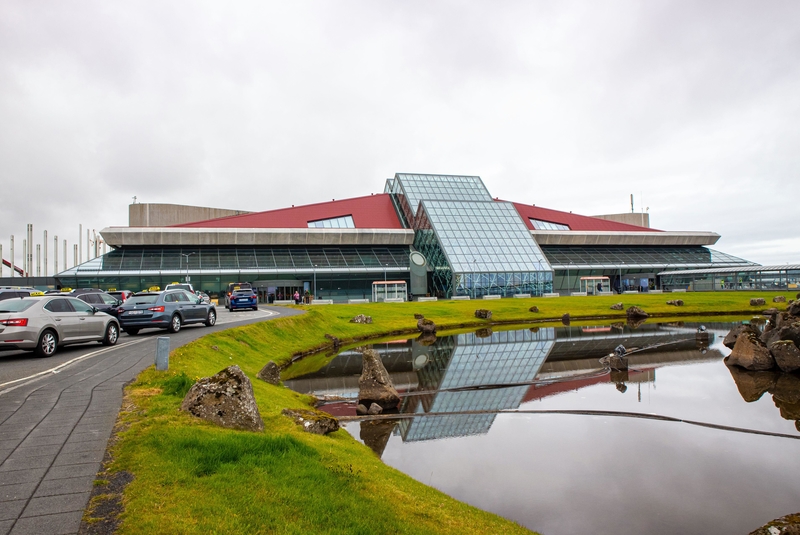
Iceland’s Airports: Where Lava Fields Meet Landings
With a landscape dominated by plateaux, mountain peaks, and lush lowlands, it’s no surprise that Iceland’s only international airport is situated amidst a captivating lava field. This unique setting easily places it among the world’s most extraordinary airports, offering travelers an unforgettable arrival experience. If you’re planning a visit to Iceland, this airport is your primary gateway, as others cater exclusively to domestic flights.
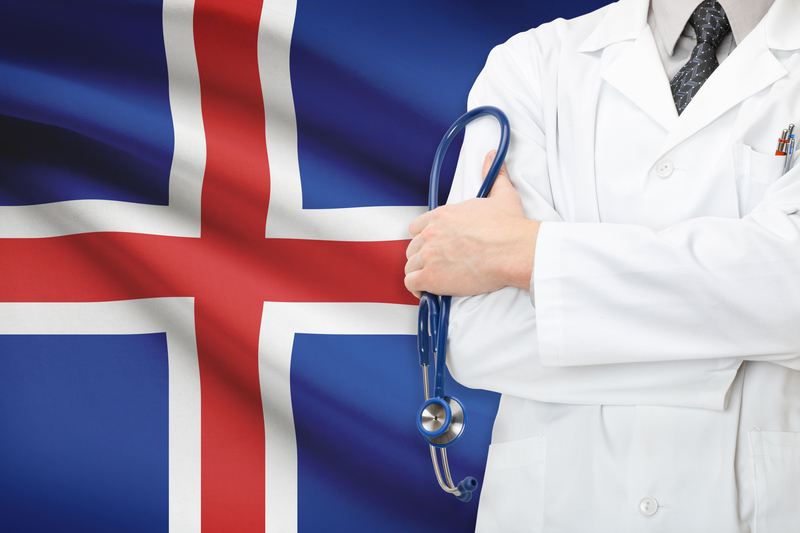
Healthcare Harmony: Iceland’s Universal System
Iceland boasts a stellar universal healthcare system funded by citizens’ taxes, eliminating the need for private health insurance or hospitals. The country’s health statistics speak volumes, justifying the absence of a private healthcare sector. According to The Lancet, Iceland’s healthcare system ranks second globally in terms of access and quality, a testament to its efficiency documented in the Global Burden of Disease Study.
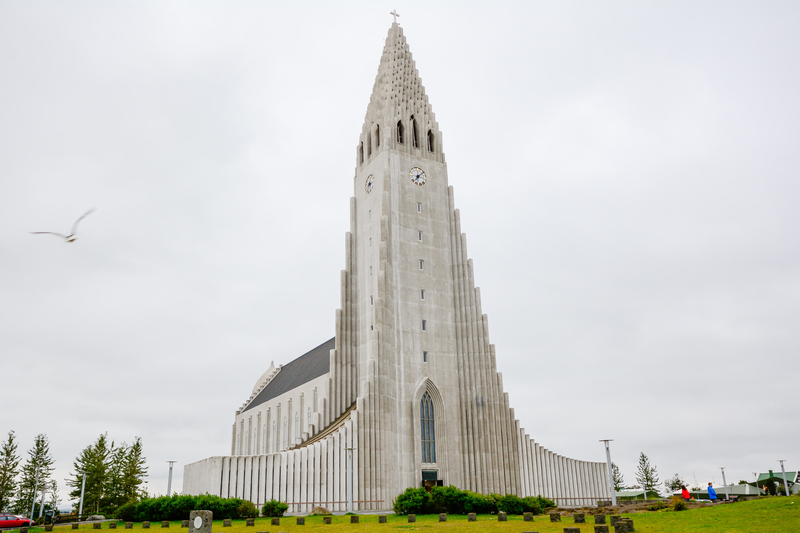
Religious Freedom: Iceland’s Open-Minded Spirit
Icelanders have long embraced religious diversity, with beliefs ranging from fairies and elves to membership in the Church of Iceland, where the Lutheran Church holds a prominent position. Since the late 19th century, Iceland has championed religious openness, enshrining freedom of religion in its constitution since 1874. This open-minded approach sets Iceland apart from many European countries, fostering a culture of religious tolerance.
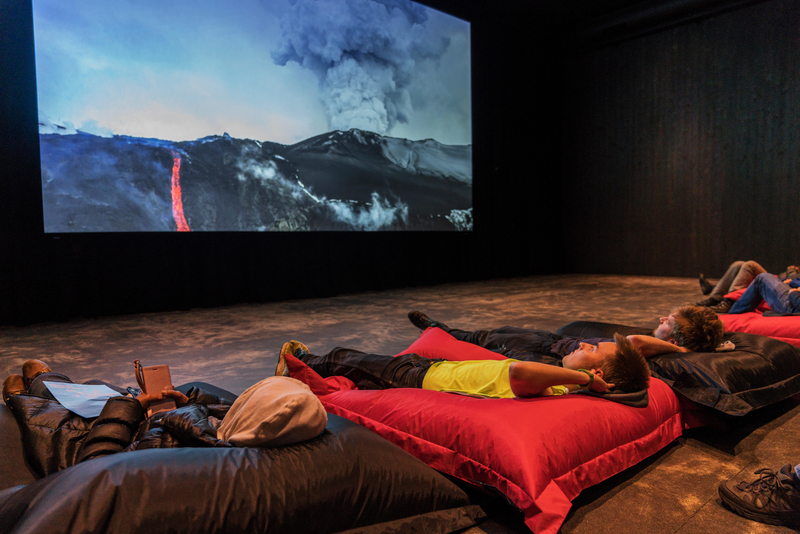
Cinematic Nation: Iceland’s Love for Movies
In a country where winter daylight lasts only 2-4 hours, it’s no wonder Icelanders are avid movie watchers, seeking refuge from the freezing blizzards outside. Beyond personal spaces, Iceland holds the record for the highest cinema attendance per capita globally. Their love for the cinematic arts extends from cozy living rooms to theaters, making Iceland a true haven for cinephiles.
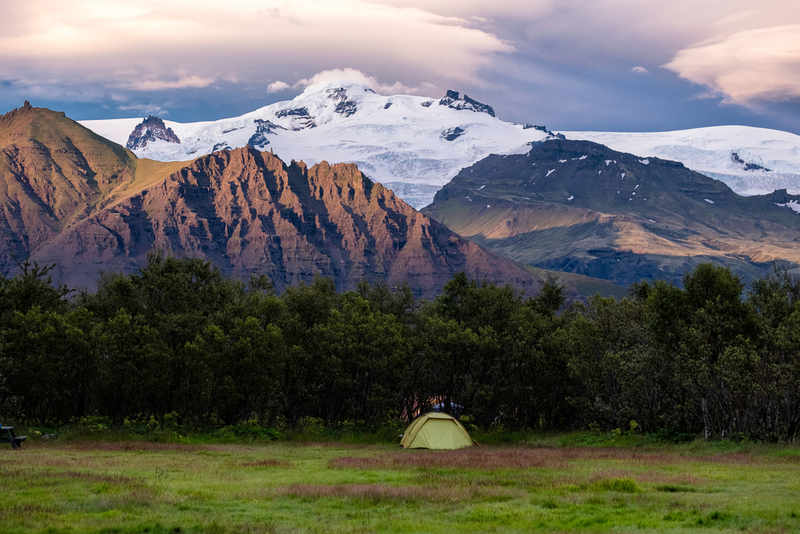
Hvannadalshnjúkur: Iceland’s Pinnacle Peak
Standing tall at 2,110 meters, Hvannadalshnjúkur reigns as Iceland’s highest mountain, residing in the Vatnajökull National Park. Enveloped in ice throughout the year, this majestic peak forms part of the Öræfajökull crater, concealing a historically active volcano. Its prominence is visible from various points across the country, providing a stunning natural landmark.
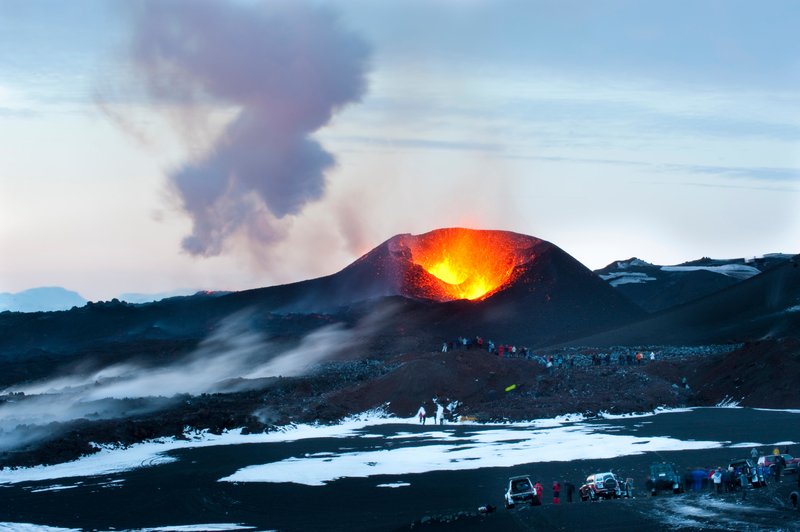
Eyjafjallaökull: Iceland’s Fiery Fury in 2010
Breaking a long dormancy since 1821, Eyjafjallaökull erupted on March 21, 2010, causing significant upheaval. Over 600 residents had to evacuate, abandoning their homes. The eruption’s impact extended beyond Iceland, disrupting air travel in Europe due to ash clouds. Notably, the complex name of the volcano left journalists and reporters tongue-tied during its coverage.
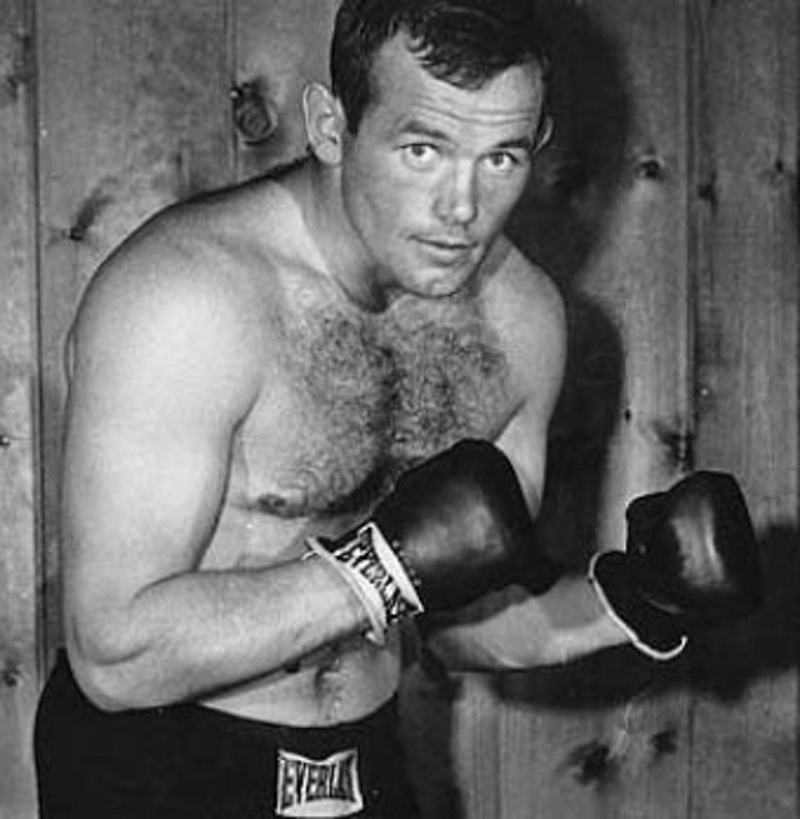
Iceland’s Boxing Ban: A Knockout Decision Since 1956
Professional boxing has been prohibited in Iceland since 1956, although the country had already crowned a heavyweight champion, Ingemar Johansson, a few years before the ban. Amateur boxing faced a 13-year battle for legalization, succeeding only in 2002. Despite the ban on professional boxing, Iceland found legal ways for enthusiasts to engage in the sport, showcasing resilience in the face of regulatory constraints.
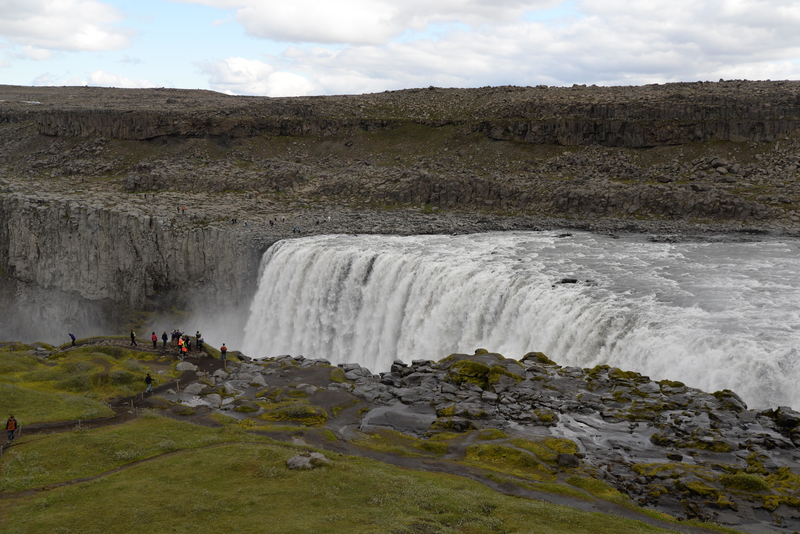
Iceland’s Breathtaking Cascades: Nature’s Artistry Unleashed
Iceland’s diverse geography, adorned with glaciers and stunning landscapes, births some of the planet’s most captivating waterfalls. Among them, Dettifoss waterfall on the Jökulsá á Fjöllum river stands out as the second most powerful waterfall in Europe after the Rhine Falls. With a height of 144 feet (45 meters) and a width of 100 meters, Dettifoss is a breathtaking spectacle drawing crowds annually. This marvel is a key highlight in the renowned Diamond Circle of North Iceland.
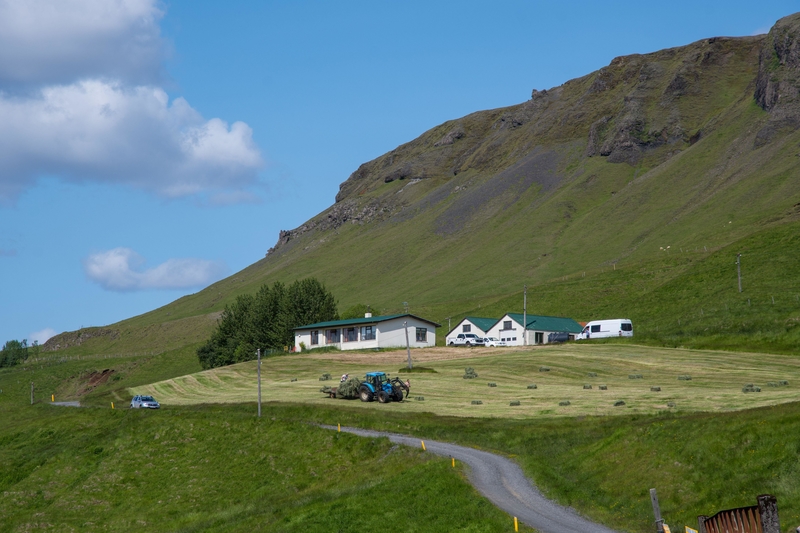
Iceland’s Unique Agricultural Landscape
In a country where only 1% of the land is deemed arable due to harsh weather conditions, Iceland manages to cultivate various crops despite its cool climate and short growing season. Notable crops include potatoes, turnips, carrots, cabbage, kale, and cauliflower. To overcome the challenges, subtropical crops like tomatoes, cucumbers, and green peppers, along with cut flowers and potted plants, thrive in greenhouses heated by geothermal energy.
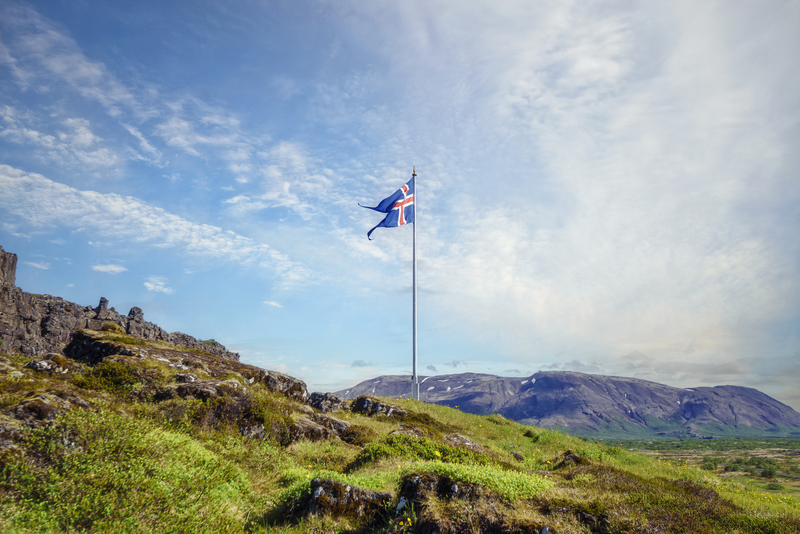
The Symbolic Palette: Colors of Iceland’s Flag
The Icelandic flag, adorned with a blue background, a red cross, and a white cross within it, was adopted in 1918 to symbolize the country’s independence from Danish rule. The colors hold deeper meanings, representing the elements of Iceland’s landscape. Red signifies the fiery volcanoes, white embodies the ice and snow, and blue represents the island’s mountains as seen from the coast.
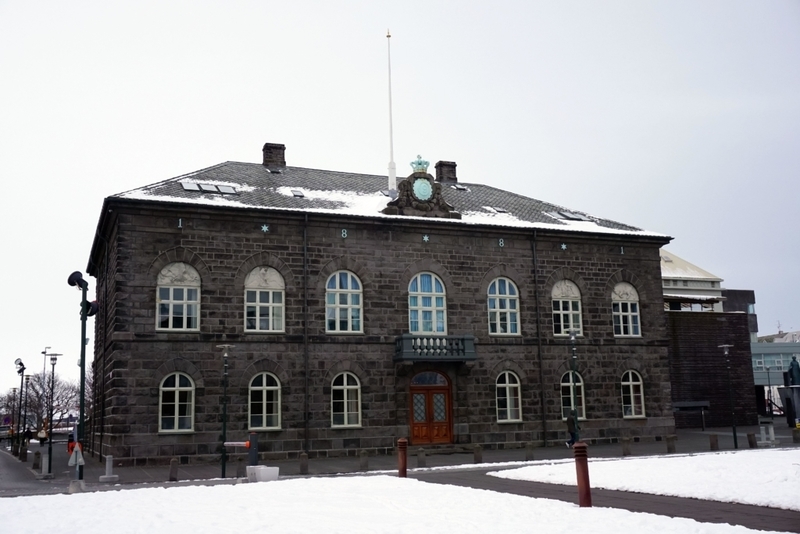
Althingi: Iceland’s Historic Parliament
Althingi, Iceland’s national parliament, holds the distinction of being the world’s longest-running parliament. Established in 930, the first assembly included all free men. Despite periods of submission to Norwegian and Danish rule, the Althingi persisted in some form until its royal dissolution in 1800. Revived in Reykjavík in 1845, it continues to play a vital role in Icelandic governance.
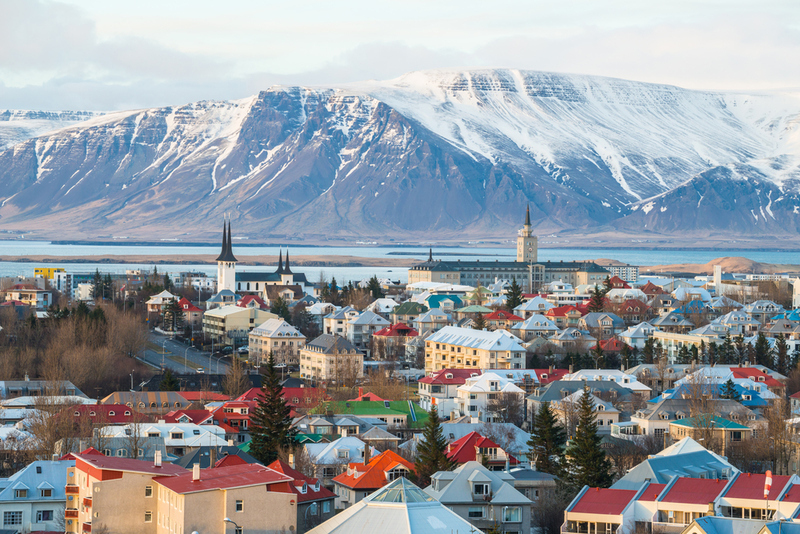
Reykjavik: The World’s Northernmost Capital
Reykjavik, Iceland’s capital, proudly claims the title of the world’s northernmost capital. Additionally, the country has another city, Siglufjörður, situated even further north, boasting a population of 1,300 people.
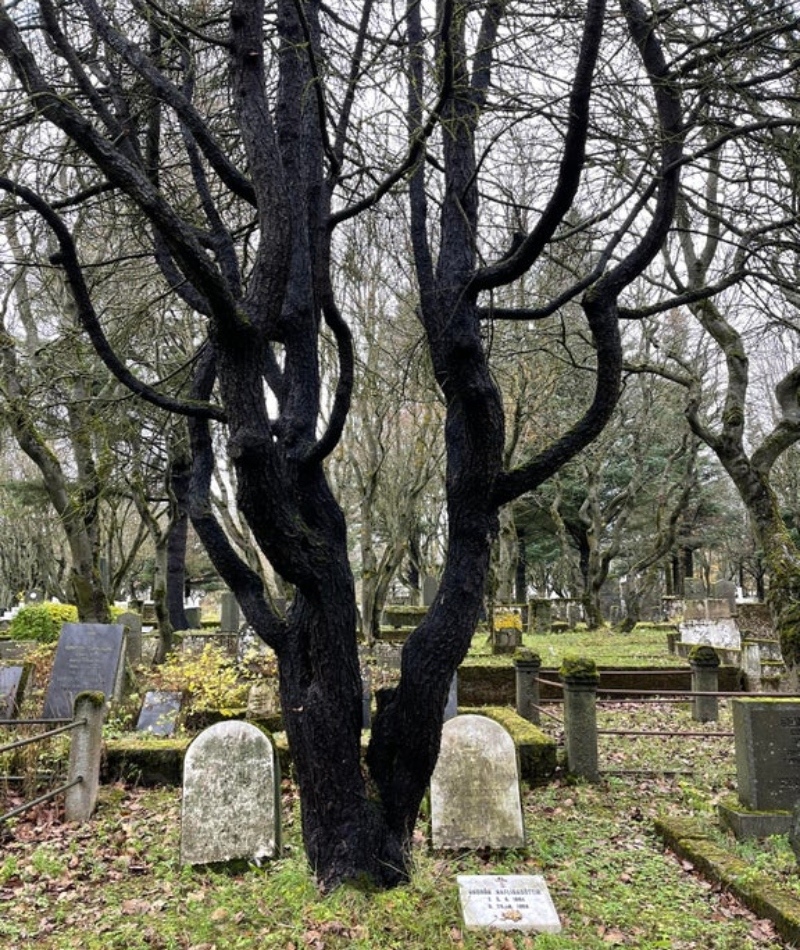
Hólavallagarður Cemetery: Where Trees Carry Stories of the Past
In Reykjavik’s Hólavallagarður cemetery, an enchanting tradition unfolds. Legend has it that this graveyard, initially a Viking burial ground, features trees planted on graves as an ancient Norse custom. Today, visitors can touch these trees, connecting with their loved ones who have passed away through this tangible link to the past.
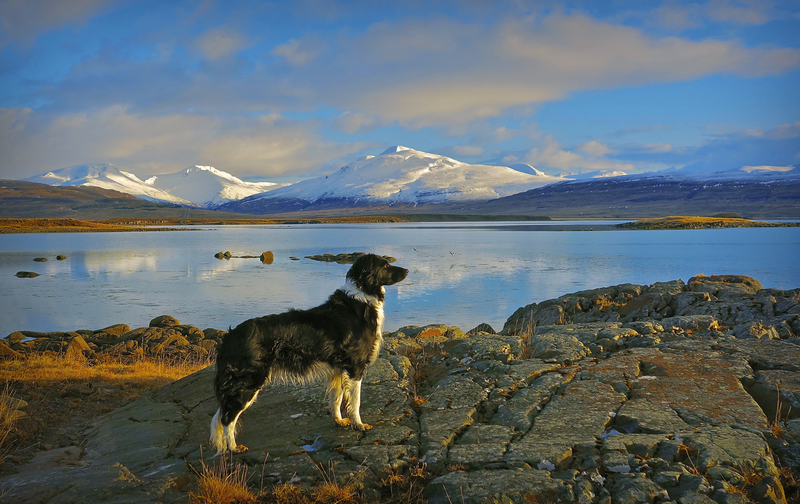
Canine Bans and Health Concerns in Reykjavik
From 1924 to 1984, Reykjavik, Iceland’s capital, imposed a dog ban due to a prevalent tapeworm threat. The ban aimed to curb the spread of this dangerous tapeworm, which posed risks of intestinal infections and even death. Post-1984, residents had to apply for permits to own dogs, marking a unique chapter in Reykjavik’s history and emphasizing the city’s commitment to public health.
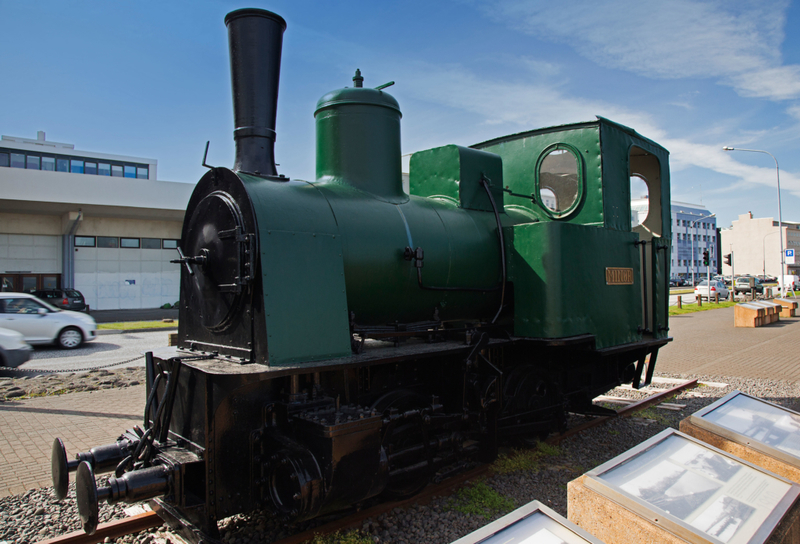
Iceland’s Transportation Tale: No Public Railways
Despite its progressive nature, Iceland lacks a public railway system. While there is a railway designed exclusively for transporting goods and produce, it’s not accessible to the public. The sparse population and harsh weather conditions are cited as key reasons behind the absence of a public railway system in Iceland.
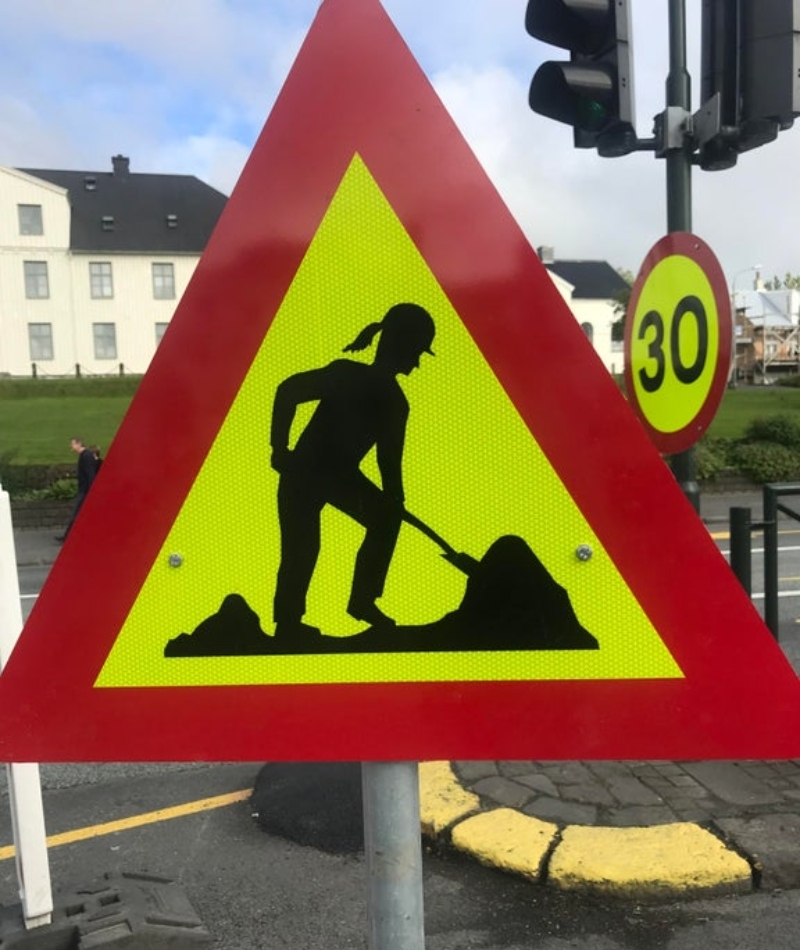
Breaking Stereotypes: Icelandic Women on Road Work Signs
In a bid to challenge gender stereotypes, Iceland showcases signs featuring women working on road construction projects. Although seemingly small, this gesture reflects Iceland’s commitment to equality, emphasizing that roles traditionally associated with men are open to women as well.
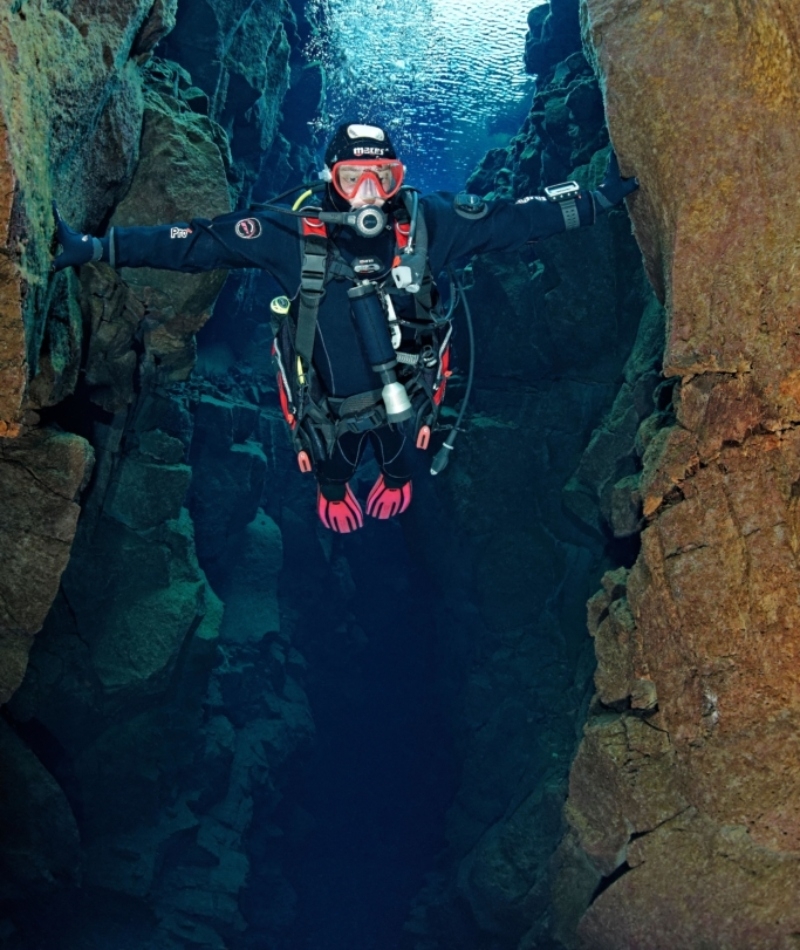
A Geological Swim: Between Two Continents in Iceland
Iceland claims the unique distinction of being the only place globally where you can swim between two tectonic plates. The cracks, formed by the plates pulling apart, allow swimmers to touch both sides simultaneously—literally connecting with two continents at once. Notably, the water in these openings is among the purest in the world.
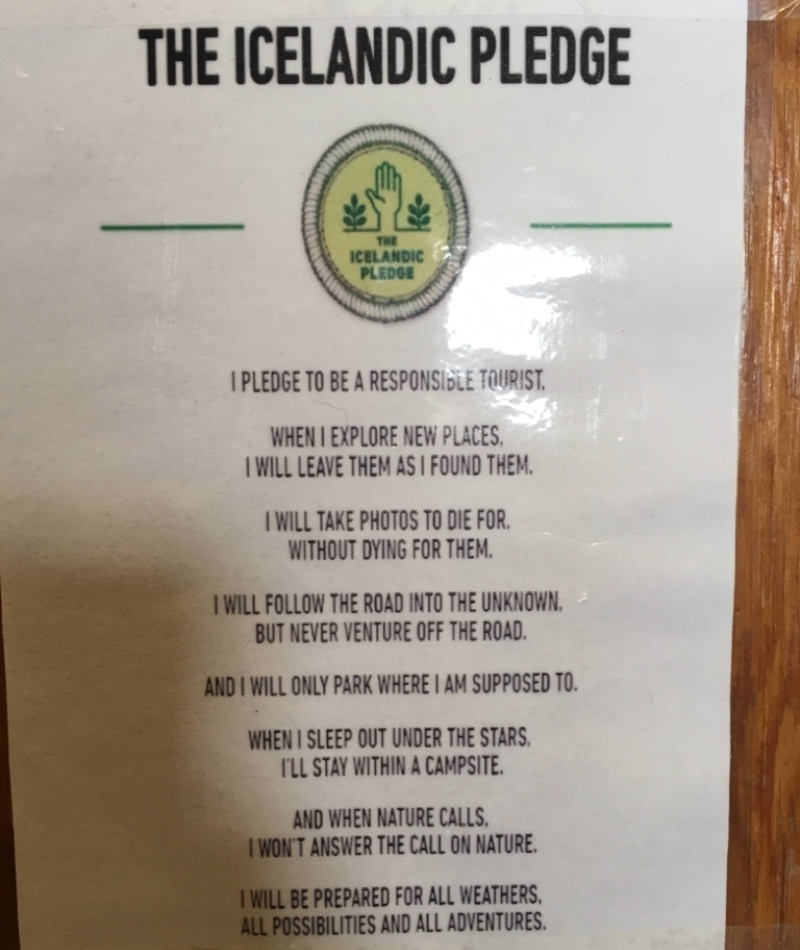
Tourist Etiquette: Iceland’s Pledge for Visitors
With a whopping 2 million tourists visiting Iceland annually, the country has established a set of rules or a pledge for visitors to follow. This initiative aims to manage tourists’ expectations and ensure respectful behavior, reflecting Iceland’s dedication to maintaining a positive and sustainable relationship with its visitors.
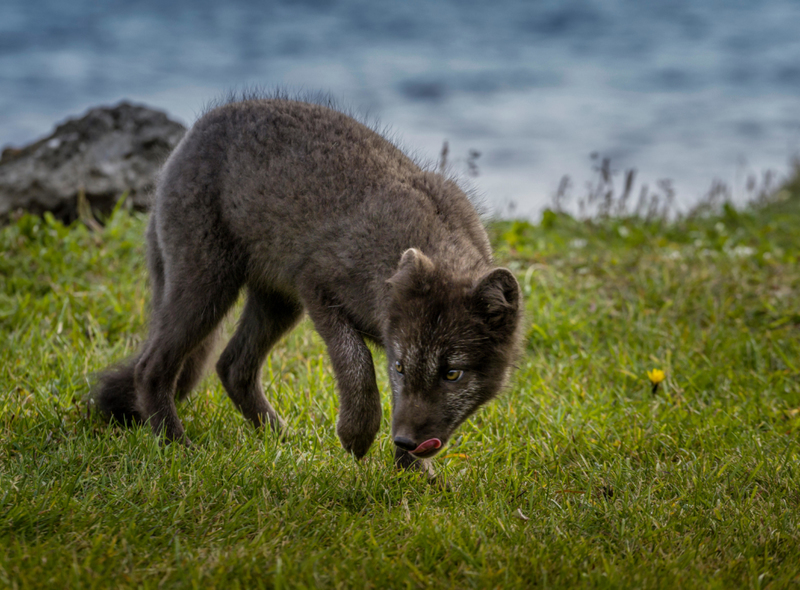
Arctic Fox: Iceland’s Sole Native Land Mammal
Iceland’s only native land mammal is the Arctic Fox, also known as the Snow Fox, White Fox, or Polar Fox. The fur of these foxes changes color with the seasons, revealing shades of bluish-gray or brown depending on the time of year. This unique mammal is an integral part of Iceland’s wildlife.
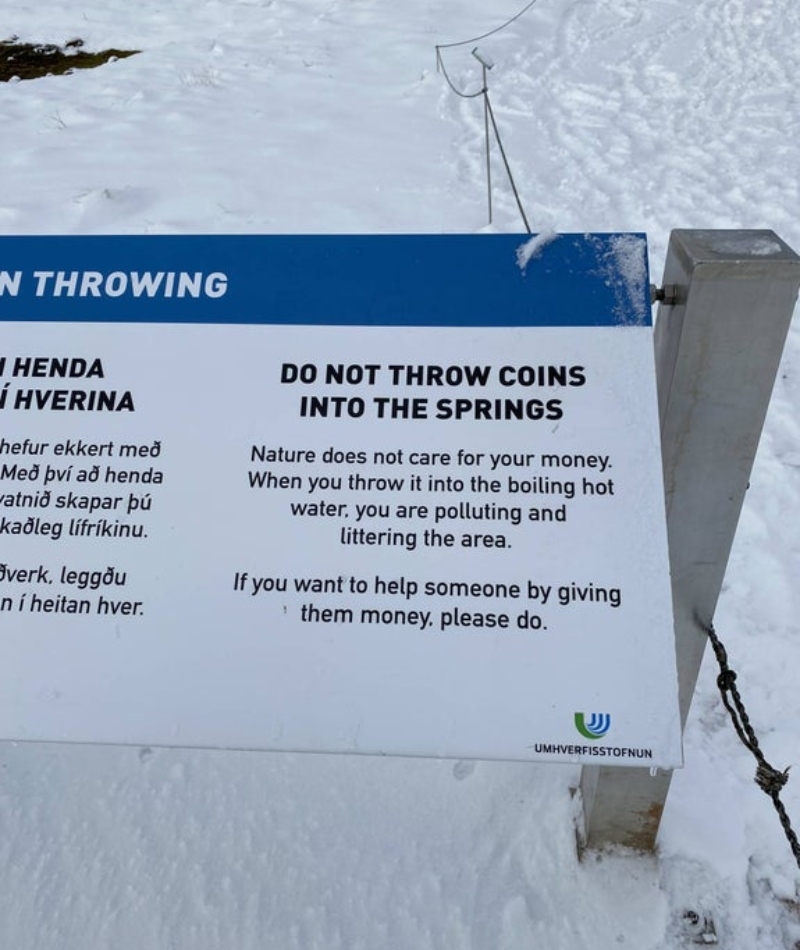
No Wishing Wells Allowed: Iceland’s Stance on Folklore
While wishing wells are known for bringing good luck, Icelanders don’t entertain such fairy tales. In a country deeply rooted in serious folklore like elves and fairies, Icelanders discourage the tradition of tossing coins into wishing wells. Warning signs are even posted to remind visitors of the cultural focus on more substantial folklore elements.
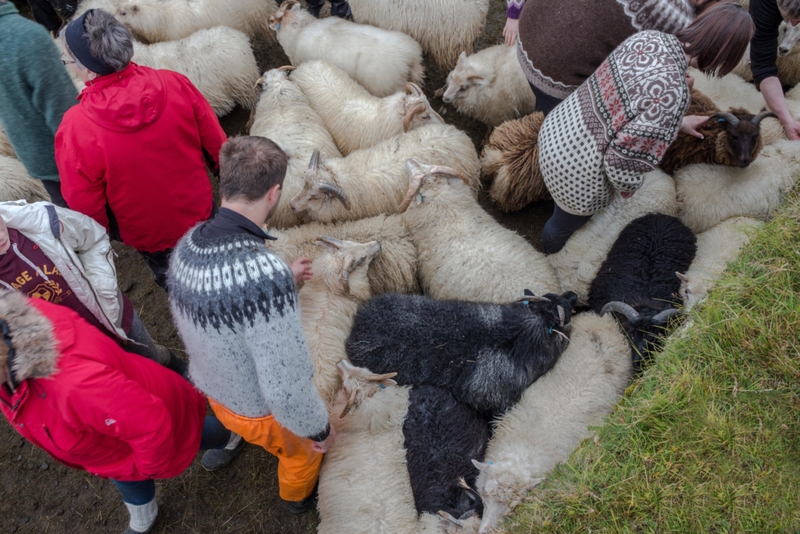
Woolly Wonders: Iceland’s Sheep Overpopulation
In Iceland, the sheep population outnumbers the human population, creating a fascinating statistic. Given the chilly temperatures, the surplus of sheep serves a practical purpose – providing ample wool for the creation of warm sweaters. It’s a woolly solution to the cold climate that Icelanders have ingeniously embraced.
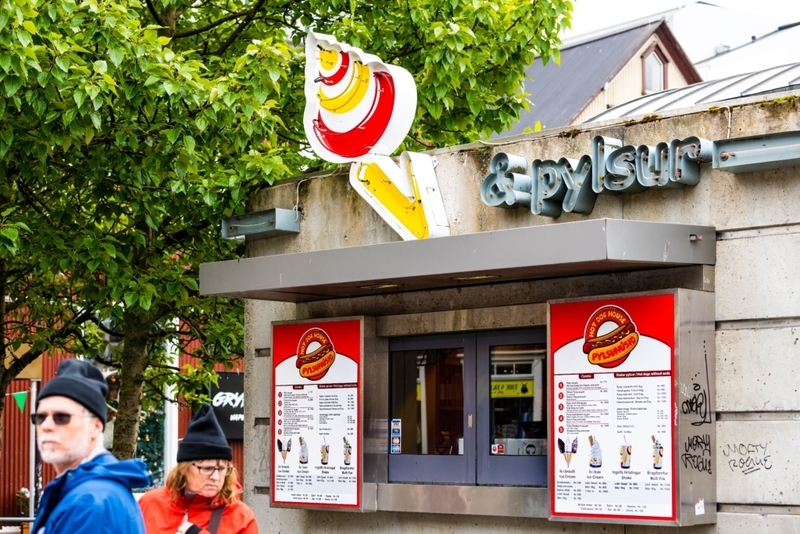
‘Ice-Cream Road Trip’: Iceland’s Sweet Drive
Regardless of the temperature, Icelanders have an insatiable love for ice cream. So much so that they coined a term for the act of enjoying it while driving – ‘ísbíltúr,’ meaning ‘ice cream car trip.’ Even amid icy blizzards, Icelanders find joy in indulging in their favorite frozen treat on the go.
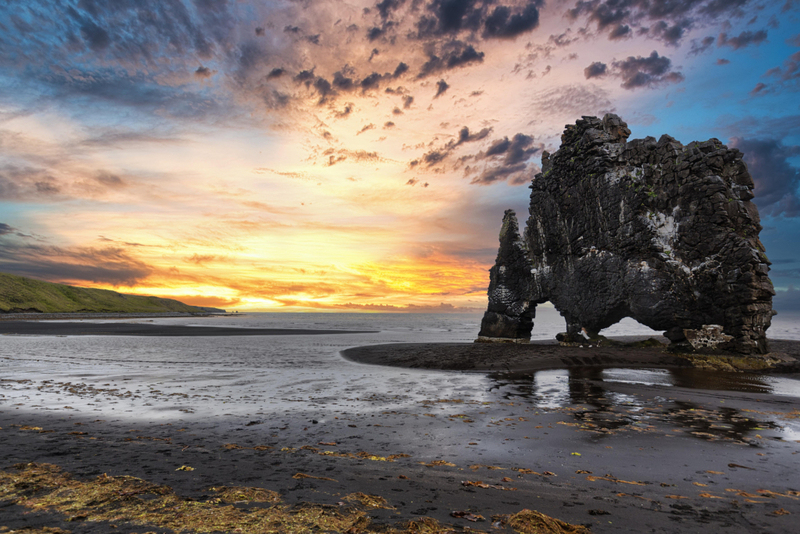
Elephant’s Rock: Nature’s Artistry After Eruptions
Following volcanic eruptions in the Westman Islands, a basalt rock resembling an elephant’s head emerged from the molten lava’s aftermath. This distinctive rock formation, known as Elephant’s Rock, stands as a unique landmark, a testament to nature’s artistic response to destructive forces.
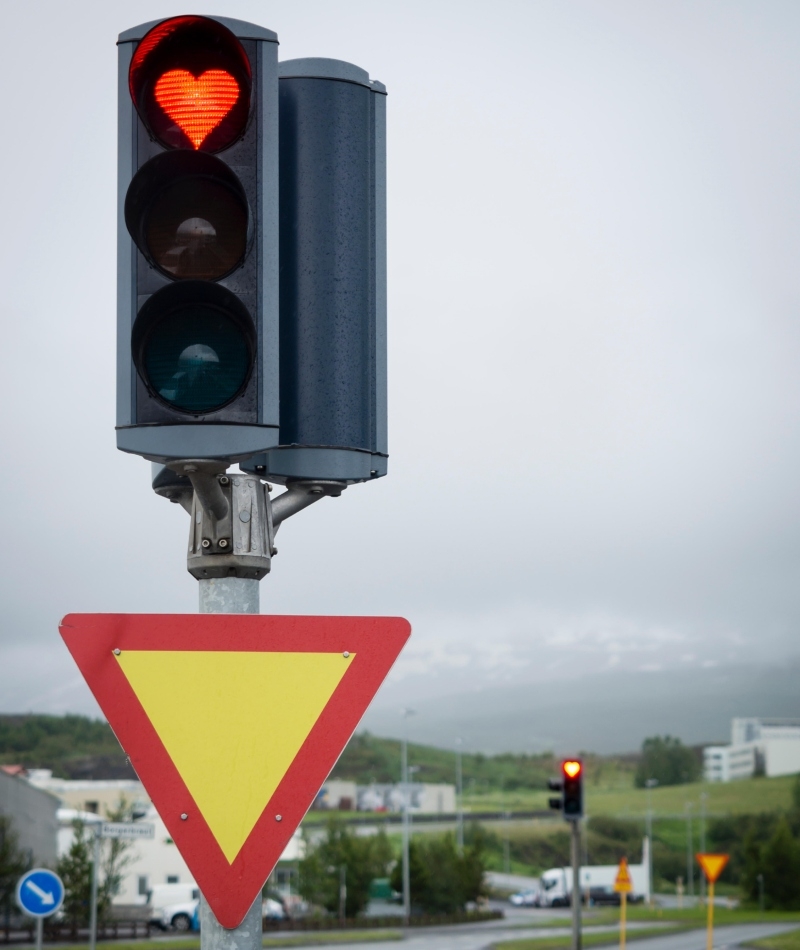
Red Heart Traffic Lights: A Symbol of Positivity
In the aftermath of the 2008 economic crash, Akureyri, a town in Iceland, decided to uplift spirits by adding heart-shaped fixtures to their traffic lights. This unexpected display of love serves as a positive reminder for the citizens, turning traffic signals into symbols of hope during challenging times.
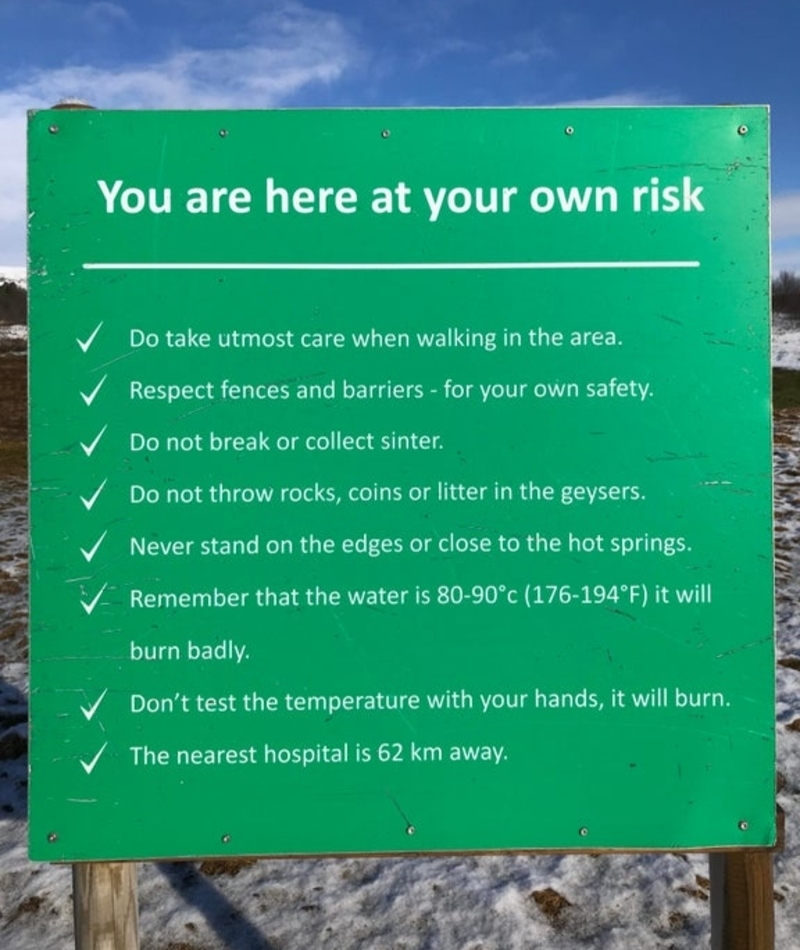
Warning: Geyser’s Explosive Welcome
At the site of Iceland’s first recorded geyser in a printed source, visitors are greeted with a cautionary sign that reminds them they are venturing into a geothermal wonderland at their own risk. The geyser hot spring in southwestern Iceland attracts tourists with its boiling mud pits, exploding water spouts, and erupting hot geysers – a true natural spectacle.
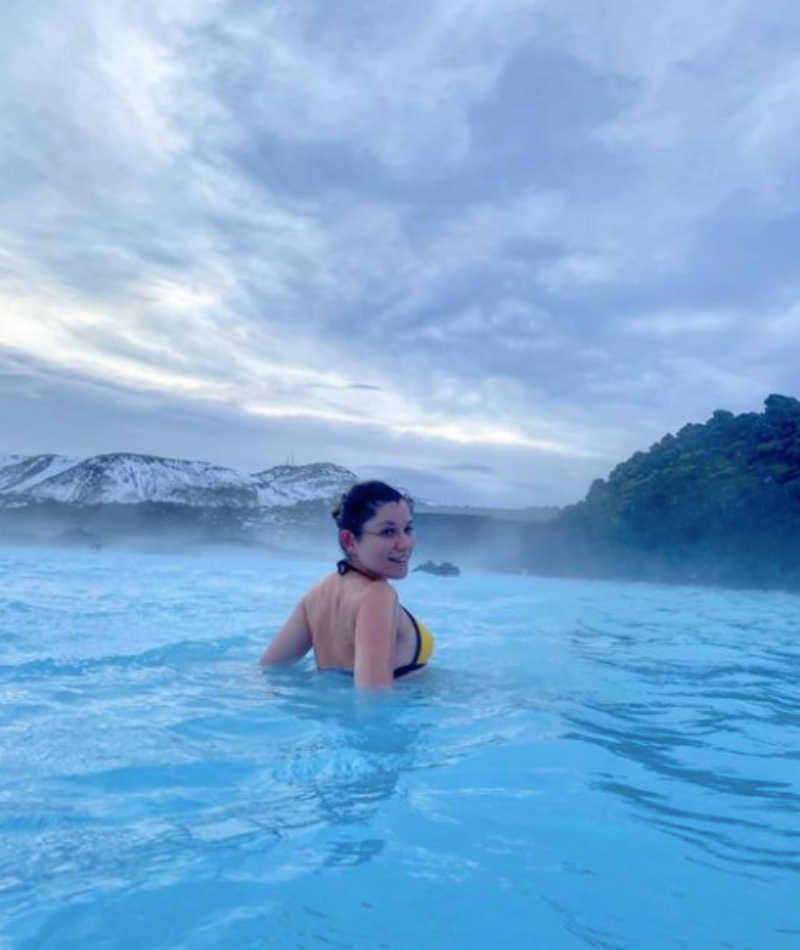
Blue Lagoon Spa: Geothermal Delight Outside Reykjavik
No list about Iceland is complete without mentioning the iconic Blue Lagoon Spa. Located just outside Reykjavik, this geothermal hot spring is famous for its mineral-rich, steaming waters and soft white silica mud. Renowned for its healing effects on the skin, the Blue Lagoon is a must-visit destination.

Northern Lights Wake-Up Call: Nature’s Light Show
In Iceland, hotels offer a unique service where staff wake up guests if the Northern Lights make an appearance. This ensures that travelers can enjoy the spectacular light display without missing out on a good night’s sleep. It’s the perfect solution for those wanting to witness the awe-inspiring Northern Lights while still enjoying a restful night in this enchanting part of the world.

Iceland’s Winter Innovation: Geothermal Snow-Free Zones
Iceland employs a brilliant winter hack by using geothermal heating not only for homes but also for car parks and sidewalks, ensuring they remain snow-free. This ingenious approach eliminates the need for Icelanders to engage in extensive snow shoveling, and the best part is, it relies on natural resources.
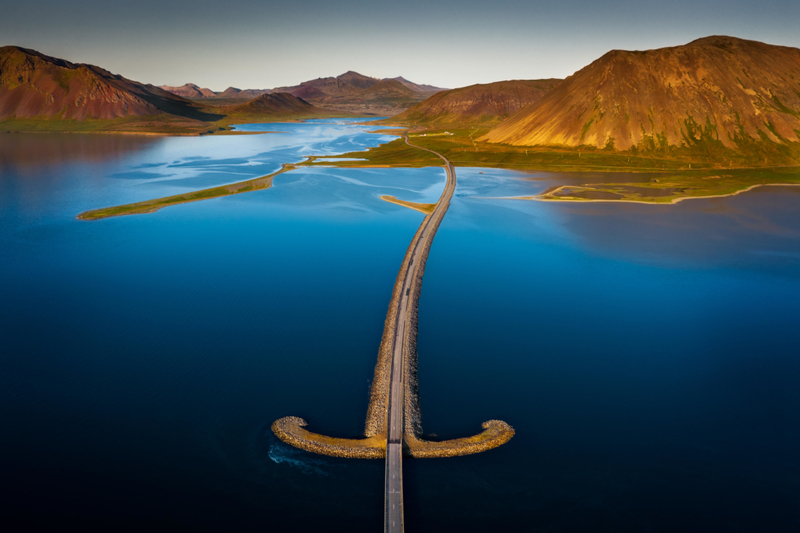
Viking Heritage: The Sword Road of Snaefellsnes
In homage to the Vikings who settled in Iceland in the 9th century, a symbolic “Sword Road” was crafted on the Snaefellsnes peninsula, north of Reykjavik. This road, adorned with references to the sword-wielding Nordic ancestors, leads to various popular sights, embracing and celebrating Iceland’s rich Viking history.
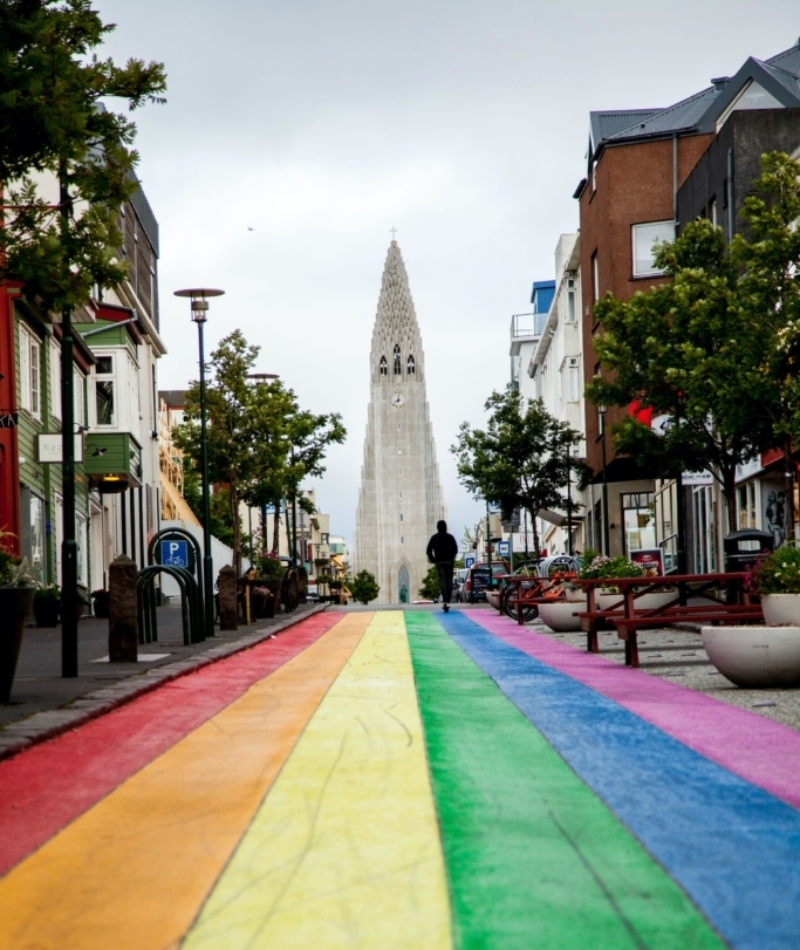
Rainbow Streets: Seyðisfjörður’s Colorful Celebration
To celebrate diversity, the eastern town of Seyðisfjörður boasts a vibrant rainbow brick road, a testament to the town’s commitment to inclusivity. This small town has been hosting its own festival since 2014, while Reykjavik joins the celebration by painting a different street each year in rainbow colors during Reykjavik Pride.
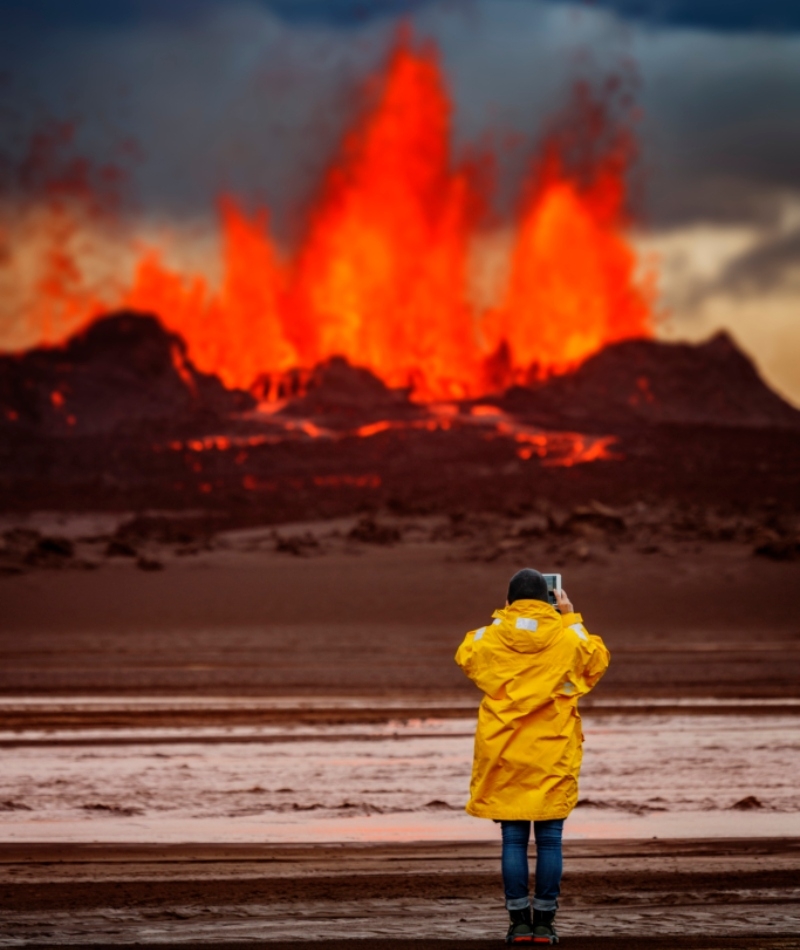
Volcanic Wonderland: Iceland’s 130 Volcanoes
Situated on the Mid-Atlantic Ridge, Iceland straddles the tectonic plates separating Eurasia and North America, resulting in constant volcanic activity. With 130 volcanoes in Iceland, 30 of them are currently active, showcasing the island’s dynamic geological landscape.
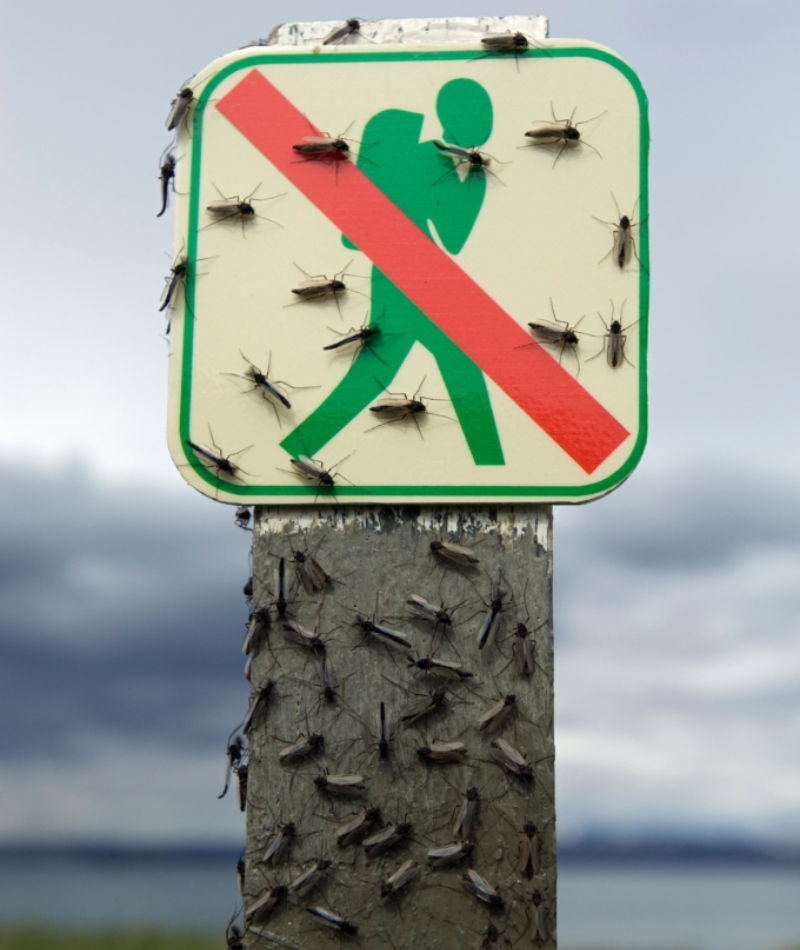
Mosquito-Free Zone: Iceland’s Arctic Advantage
Despite having over 1,300 types of insects, Iceland is notably mosquito-free. The low temperatures in the country don’t support the mosquito lifecycle, offering residents relief from these pesky insects. However, they do contend with midges, similar to mosquitoes but less bothersome.
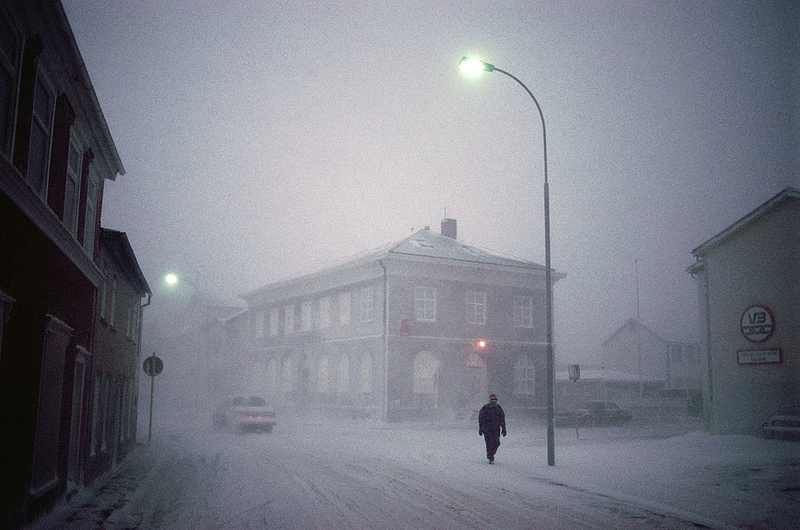
Winter Hustle: Icelanders’ Multiple Jobs to Combat Seasonal Depression
Icelanders, facing long, dark winters with minimal sunlight, often work two or three jobs to combat seasonal depression. The frigid conditions lead to shorter days, and the extra work helps individuals stay occupied and mentally engaged during the challenging winter months.
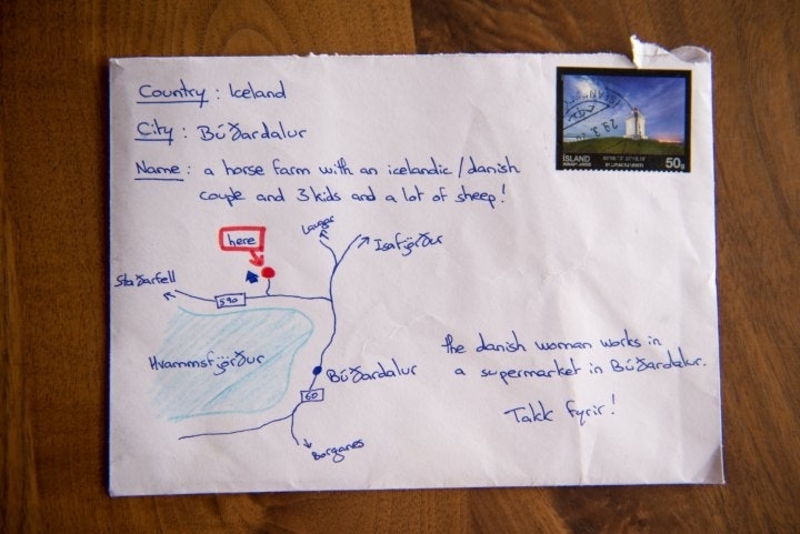
Postal Adventures: Iceland’s Unique Mail Deliveries
Due to Iceland’s striking landscape and sparse population, the postal service faces unique challenges. Delivering mail to remote locations often involves deciphering hand-drawn maps, showcasing the dedication and resourcefulness of Iceland’s postal workers.

Historic Presidency: Vigdís Finnbogadóttir, Iceland’s Trailblazing President
Vigdís Finnbogadóttir made history as Iceland’s fourth President and the world’s first democratically elected female President. In the 1980 presidential campaign, she defeated three male candidates, securing 33.6% of the votes. Her popularity endured, leading to re-election in 1988 with an overwhelming 94.6% of the votes after serving four years in office.
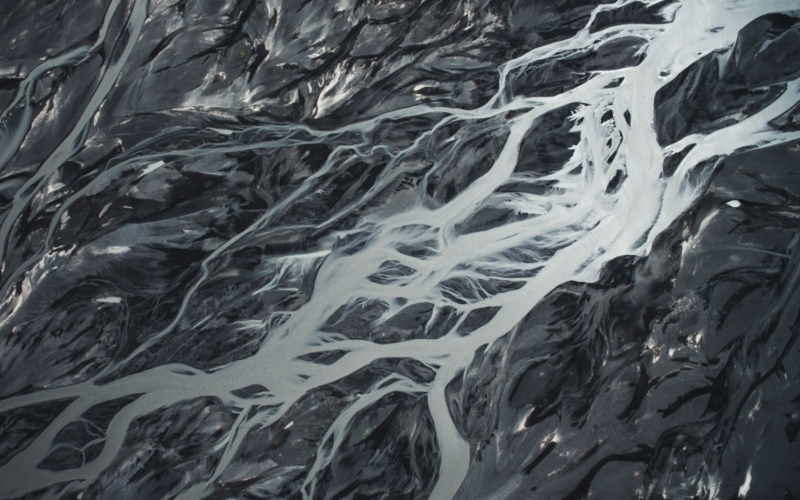
Glacial Elegance: Iceland’s Majestic Glacier Rivers
Iceland is a land of breathtaking beauty, characterized by ancient rivers adorned with jewels originating from the country’s longtime residents – glaciers. One such intricately flowing glacier river makes its journey all the way to Thórsmork in the Highlands, showcasing the mesmerizing allure of Iceland’s natural wonders.
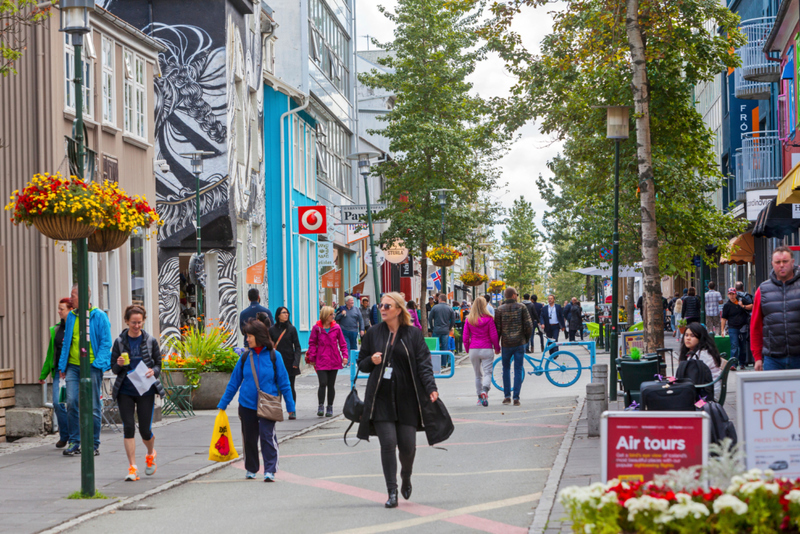
Marriage Trends in Iceland: A Unique Perspective
In Iceland, the tradition of getting married is not as prevalent as in other countries. Surprisingly, more than half of Iceland’s babies are born to unwed parents, reflecting the different cultural norms in this Arctic state. In comparison, in the United States, 32% of babies are born to unwed parents, highlighting the distinct approach to family structures.
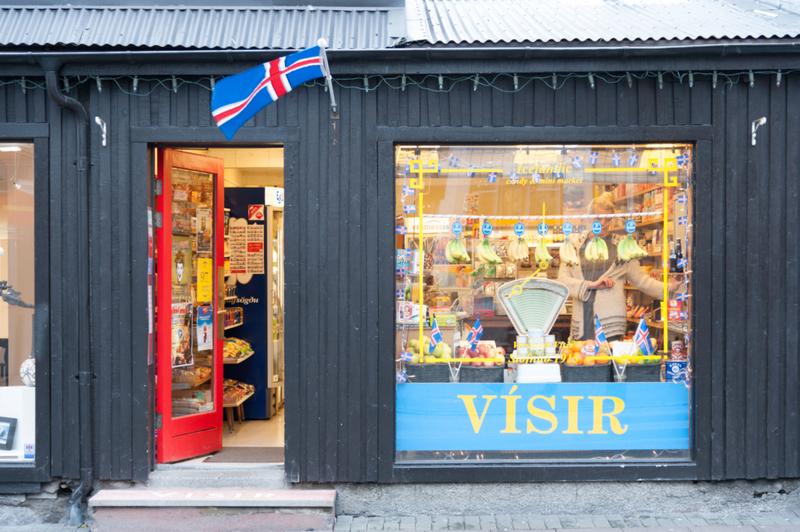
Icelandic Store Hours: The Early Close and Late Open
The concept of “closing time” varies globally, and in Iceland, it takes a unique form. Stores in Iceland tend to close as early as 5 pm and reopen around 9 am the next day. Beyond these hours, any open establishments are likely to come with a higher price tag, contributing to Iceland’s distinct retail rhythm.
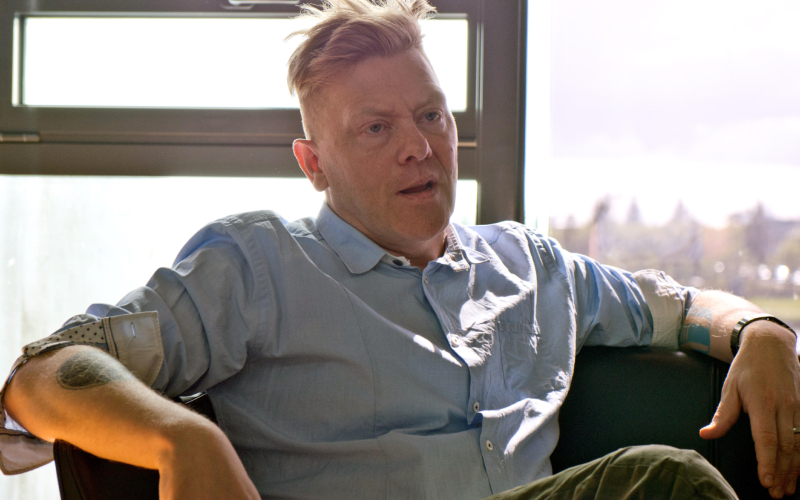
Comedian Mayor: Jón Gnarr’s Unconventional Leadership
In 2010, Icelandic comedian Jón Gnarr, with no political background, humorously founded the ‘Best Party’ and decided to run for mayor. To everyone’s surprise, Gnarr emerged victorious, serving as the mayor of Reykjavík from 2010 to 2014. This unexpected turn of events adds a touch of humor to Iceland’s political history.
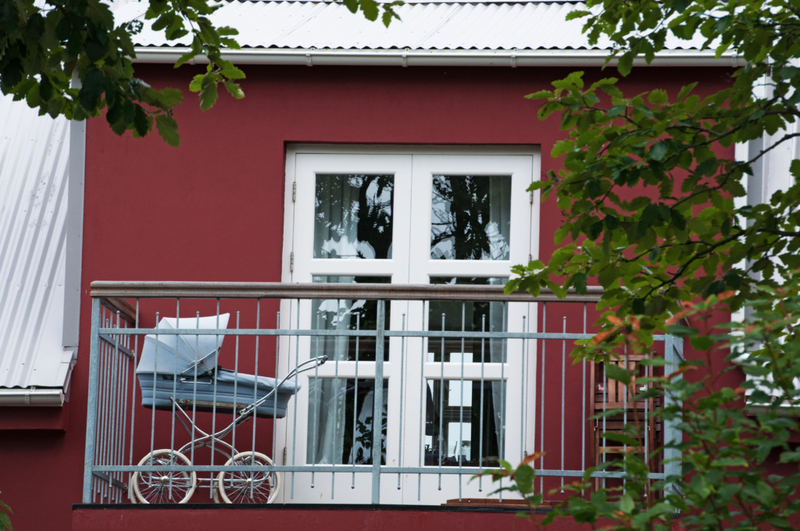
Outdoor Napping: Icelandic Tradition for Babies
Similar to other Scandinavian countries, Icelandic parents wheel their babies outside for naps. Believing that fresh air helps ward off illness, parents embrace the practice, with some sleep experts suggesting that the cold air induces a deeper slumber for the little ones.
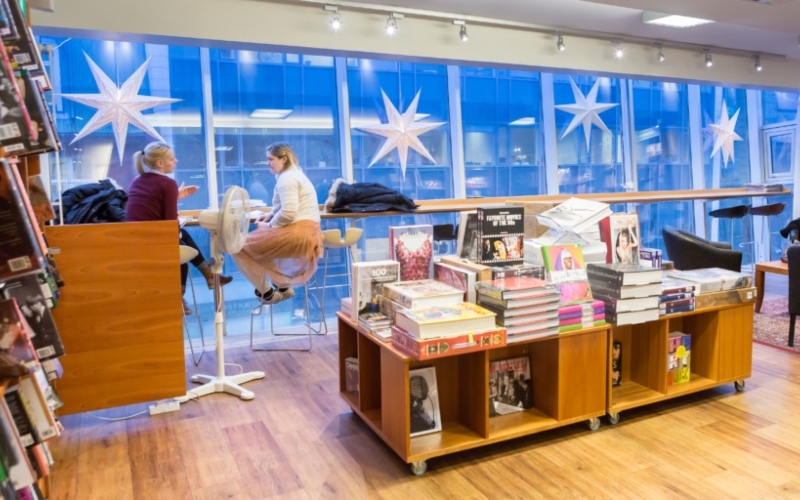
Jólabókaflóð: Iceland’s Christmas Book Flood Tradition
Iceland has a unique Christmas tradition called Jólabókaflóð, meaning “Christmas book flood.” During this festive season, everyone receives a book as a Christmas gift, reflecting Iceland’s deep-rooted love for literature. The country, known for its high rate of book consumption per capita, celebrates this literary tradition with enthusiasm.
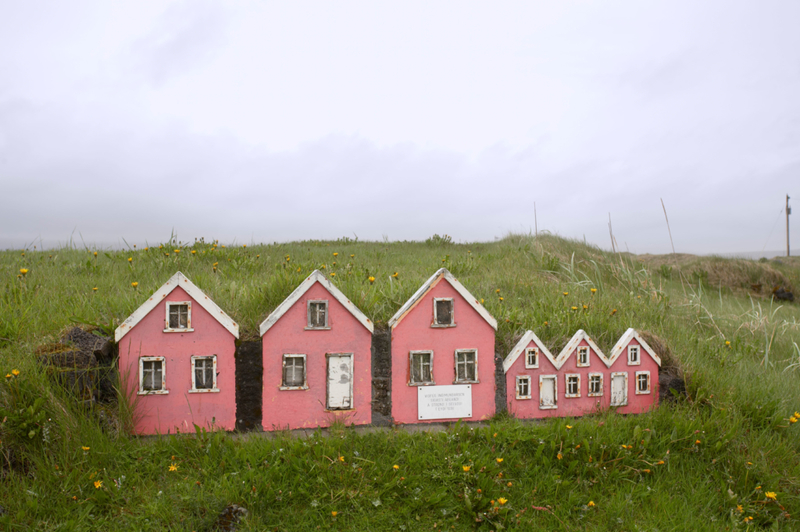
Elf School in Reykjavík: Unconventional Academia
In Reykjavík, Iceland’s modern capital, there exists an unusual institution – the Elf school. This school offers lectures and guided tours on Icelandic mythology and folklore, exploring the country’s belief in 13 different kinds of elves. Surprisingly, over 60% of Icelanders believe in the existence of these mythical beings.
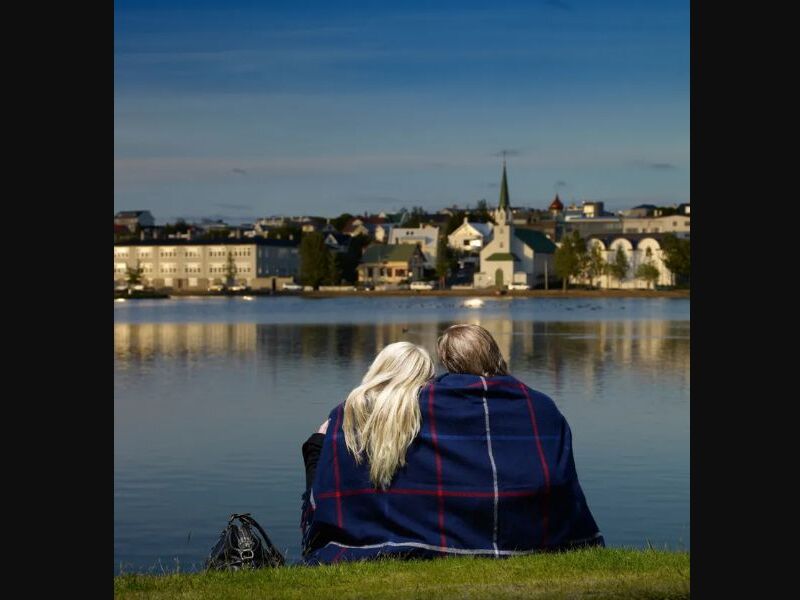
ÍslendingaApp: Iceland’s Genealogy Screening App
In a nation with a sparse population, dating someone not related can be challenging. To address this, Icelandic college students developed the ÍslendingaApp, or “Book of Icelanders.” This app allows people to screen potential dates for familial connections, reflecting Iceland’s unique approach to dating within a close-knit community.
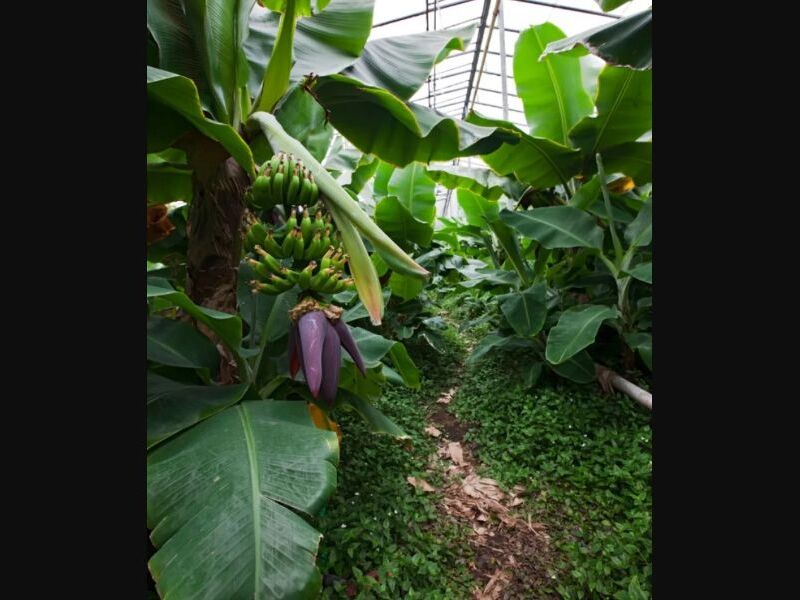
Europe’s Largest Banana Plantation: A Geothermal Feat
Iceland, with its innovative use of geothermal energy, boasts Europe’s largest banana plantation. While Spain’s plantations in the Canary Islands may produce more bananas, Iceland’s unique geographical location places it as the leader in Europe. The Icelandic Agricultural University, utilizing geothermal energy, can cultivate up to 4,500 pounds of bananas annually.

No McDonald’s in Iceland? A Unique Fast Food Tale
Iceland stands out as a distinctive destination with its 360,000 residents and an unusual characteristic – no McDonald’s. Since the last McDonald’s in Iceland closed its doors in 2009, the country has been without this global fast-food chain. Interestingly, despite Icelanders enjoying dining out, McDonald’s couldn’t find its footing among the volcanoes, hot springs, and fjords of the country.
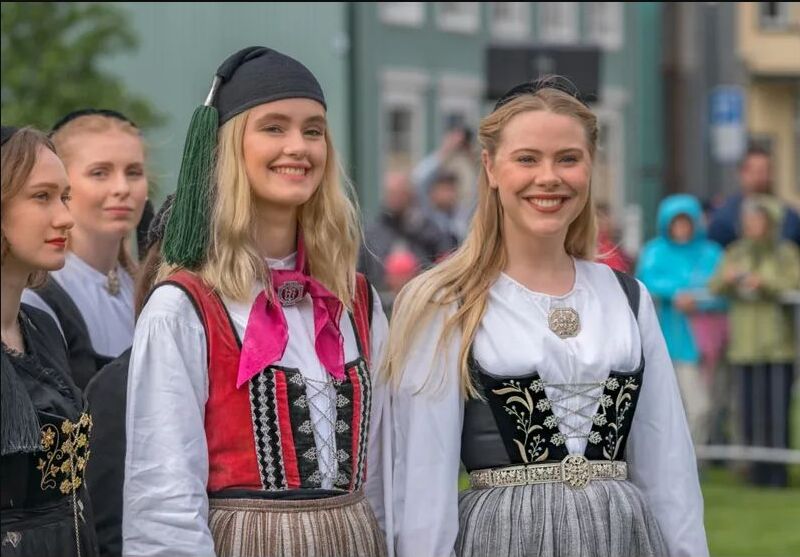
Gender Equality Triumphs in Iceland
In the realm of gender equality, Iceland showcases an encouraging reality. A considerable number of women in Iceland are business owners, contributing to a positive atmosphere for tourism. Iceland surpasses many countries in gender equality, driven by a progressive-right movement. The country has consistently been recognized as the best for gender equality for nine consecutive years, fostering numerous inspiring success stories.
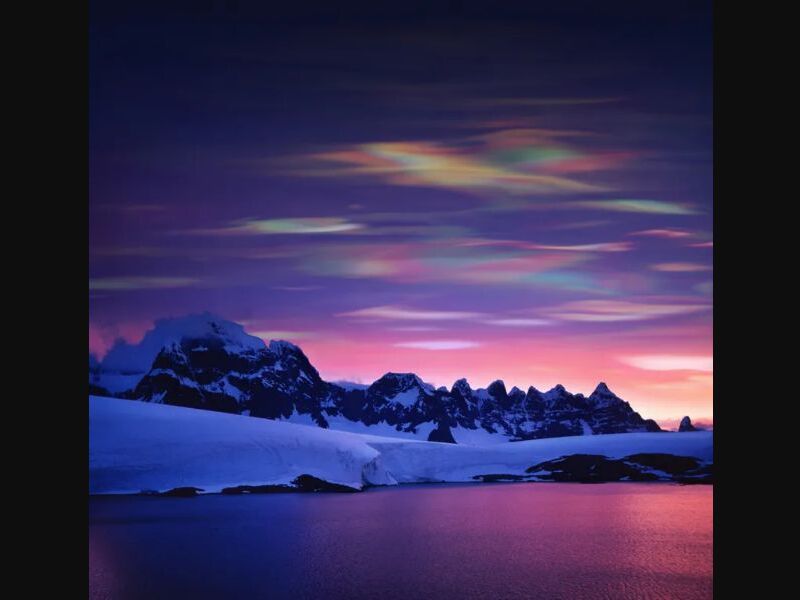
Polar Stratospheric Clouds: Iceland’s Mesmerizing Skies
A captivating natural phenomenon in Iceland is the Polar Stratospheric Clouds. These rare clouds paint the winter sky with an iridescent pastel hue, occurring at high latitudes when temperatures are low. Witnessing these clouds is a rare and enchanting experience, adding to the allure of Iceland’s natural wonders.
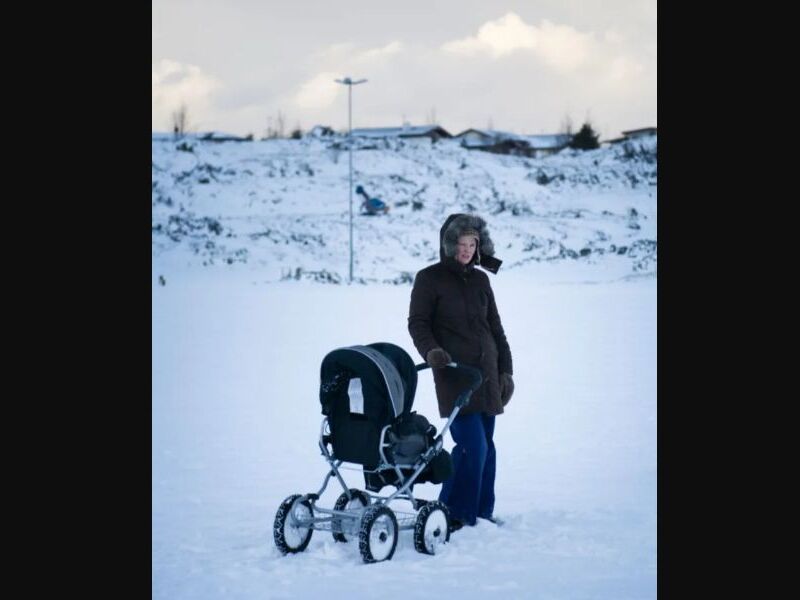
Baby Names: Iceland’s Naming Traditions
Iceland places great importance on baby names, governed by strict rules. All names must conform to the Icelandic language and be chosen from the official register of approved names. If parents desire a unique name, they must seek permission from the official “Naming Committee,” highlighting the cultural significance attached to naming in Iceland.
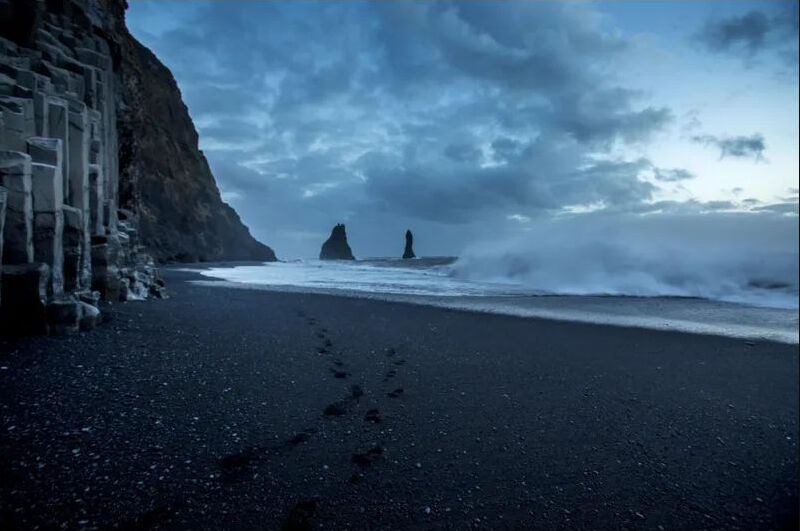
Technicolor Beaches of Reynisfjara: Nature’s Artistry
Reynisfjara’s beaches in Vík reveal a striking contrast with black sand and geometric basalt cliffs. This otherworldly beach, known for its technicolor appearance, creates a stunning landscape in Iceland’s southernmost village. The unique combination of elements makes Reynisfjara a captivating destination for visitors.
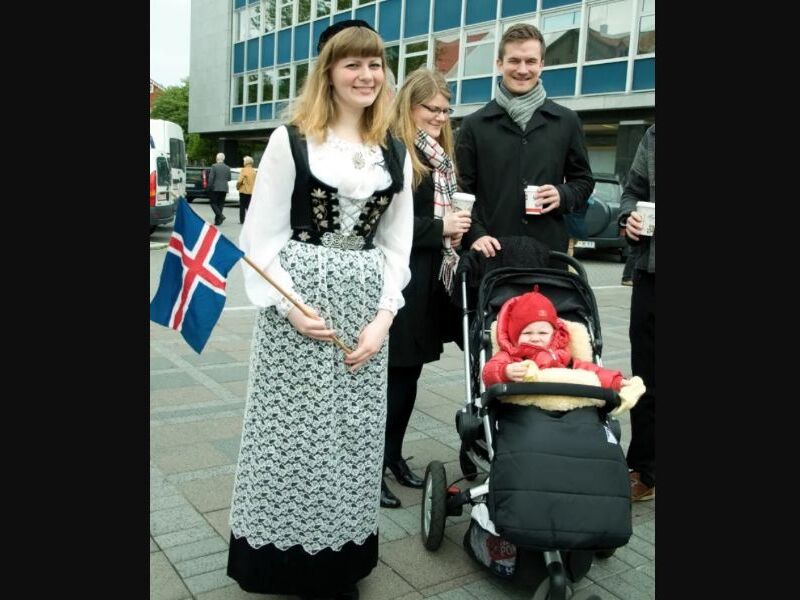
No Last Names in Iceland: The Simplicity of Icelandic Naming
In Iceland, the absence of traditional surnames is a noteworthy cultural feature. Most Icelanders adopt a patronymic last name, consisting of their father’s first name with the appropriate suffix denoting “daughter” or “son.” Women also retain their names after marriage, and despite the absence of formal family names, everyone is commonly addressed by their first names.
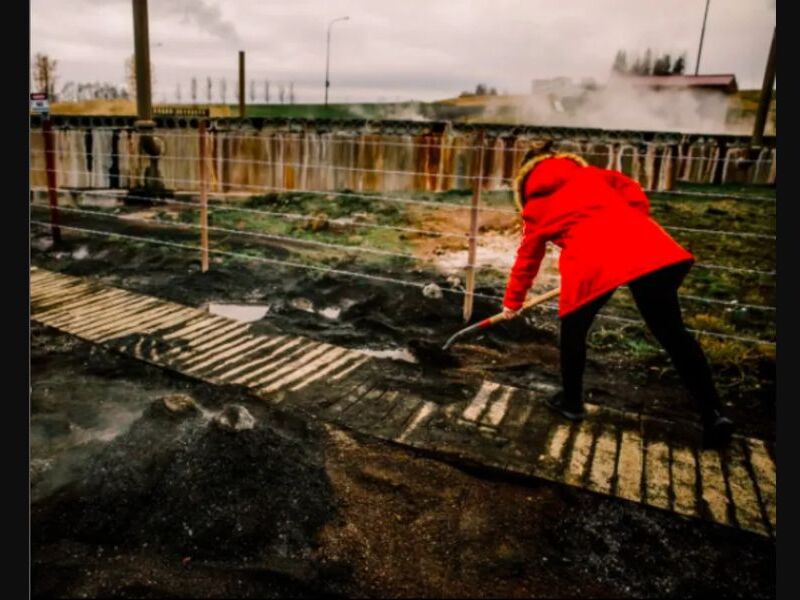
Lava Bread: Culinary Creativity in Iceland’s Geothermal Ovens
Icelandic rye bread, often referred to as “lava bread” or “volcanic bread,” undergoes a unique cooking process. Cooked underground in hot volcanic sands, this culinary tradition utilizes Iceland’s prevalent geothermal activity. The concept of using the ground as an oven is deeply rooted in Iceland’s culture, creating a distinct and flavorful culinary experience.
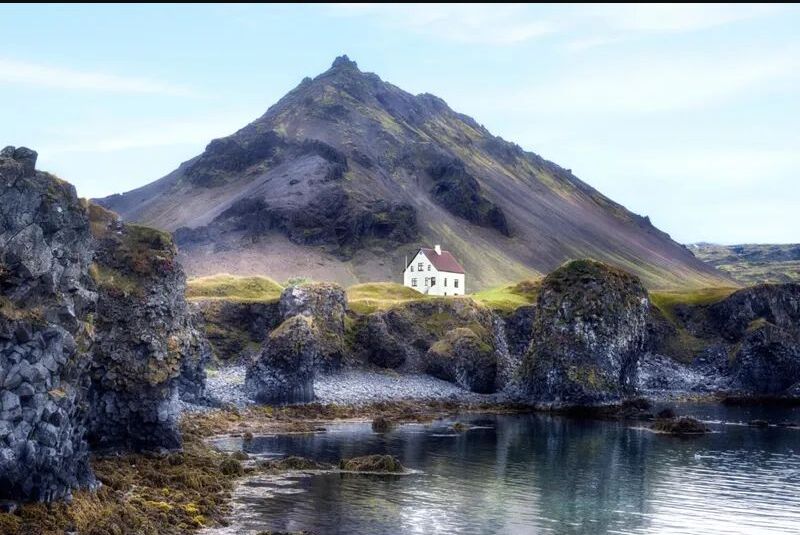
Most of Iceland Is Uninhabited: Nature’s Haven
Iceland provides a haven for those seeking a natural escape, with a staggering 80% of its land uninhabited. While these remote areas are open for exploration, it’s advisable to consult experts to ensure a safe adventure in the midst of Iceland’s breathtaking landscapes.
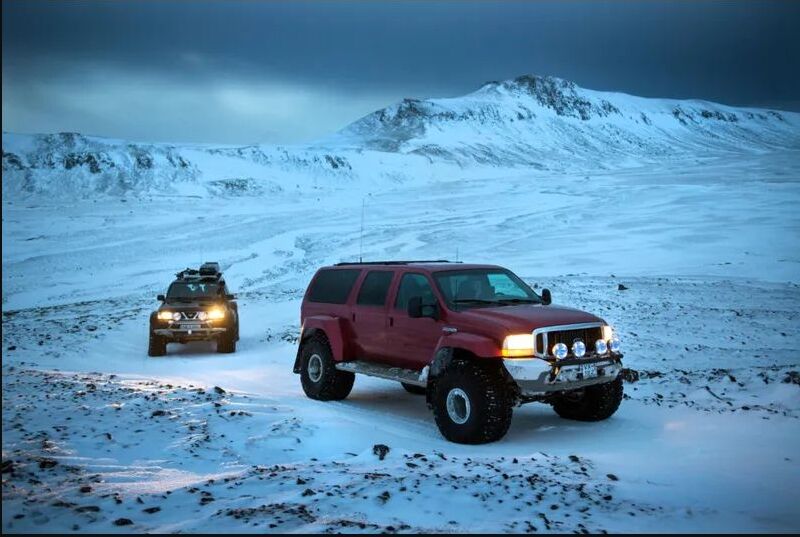
Super Jeeps: Conquering Iceland’s Rugged Terrain
Iceland’s challenging landscapes, often off-road and remote, have given rise to the use of ‘super jeeps.’ These modified vehicles boast elevated suspensions and massive tires, enabling locals to navigate through snow, ice, and even deep rivers in pursuit of the country’s rugged beauty.
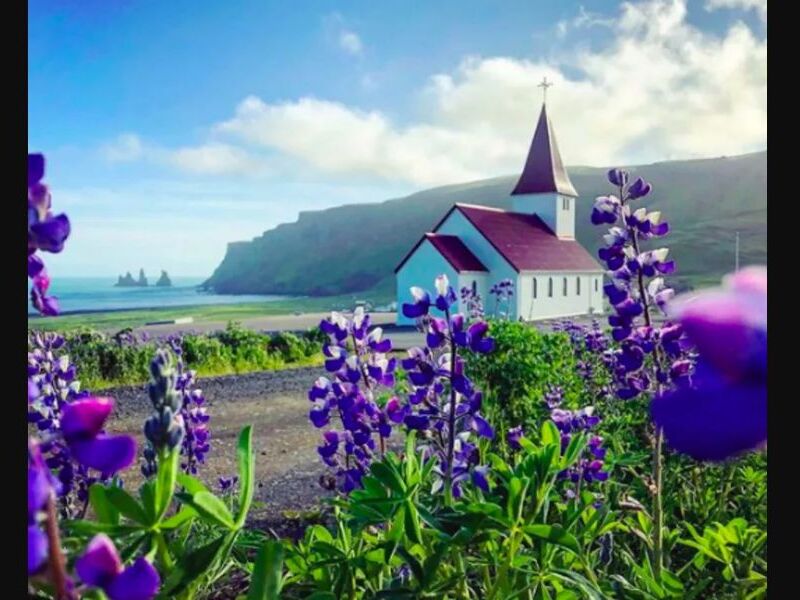
Mild Summer Temperatures: Surprising Icelandic Summers
Contrary to the icy image we might envision, Iceland experiences mild summer temperatures. With an average high of 57 degrees Fahrenheit and an overnight low of 43 degrees Fahrenheit, Icelandic summers offer a comfortable escape, dispelling common misconceptions about the country’s climate.

Traditional Icelandic Food: Culinary Quirks and Viking Roots
Iceland’s traditional cuisine is unique, with some dishes considered strange by global standards. Rooted in Viking traditions, delicacies like fermented shark (Hákarl) undergo a meticulous preparation, as fresh shark meat is poisonous and must be fermented in sandpits for weeks.
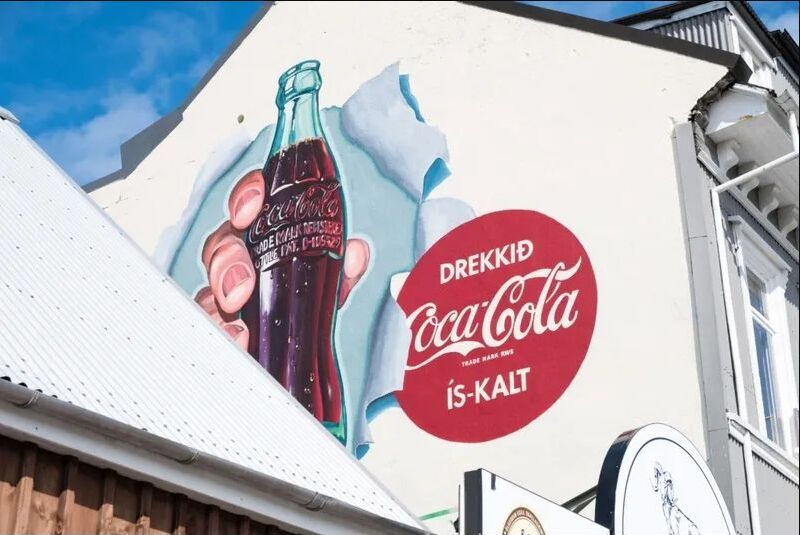
Coca-Cola in Iceland: A Thirsty Nation’s Preference
Despite being recognized as one of Europe’s healthiest nations, Iceland holds the title of the world’s highest consumer of Coca-Cola. With an annual consumption of 417 bottles per capita, Icelanders surpass any other country, showcasing an unexpected penchant for this fizzy beverage.

Telephone Directory: First-Name Basis in Iceland
In a country where hereditary last names are absent, Icelandic telephone directories list residents alphabetically by their first names. The ‘white pages phonebook’ is a testament to the simplicity and close-knit nature of Icelandic society.

The Police Service in Iceland: Guardians without Weapons
Icelandic police operate without firearms or weapons, reflecting the country’s low crime rates. With minimal violent crime, Iceland stands as one of the safest countries globally, and its police force emphasizes a community-oriented approach to law enforcement.
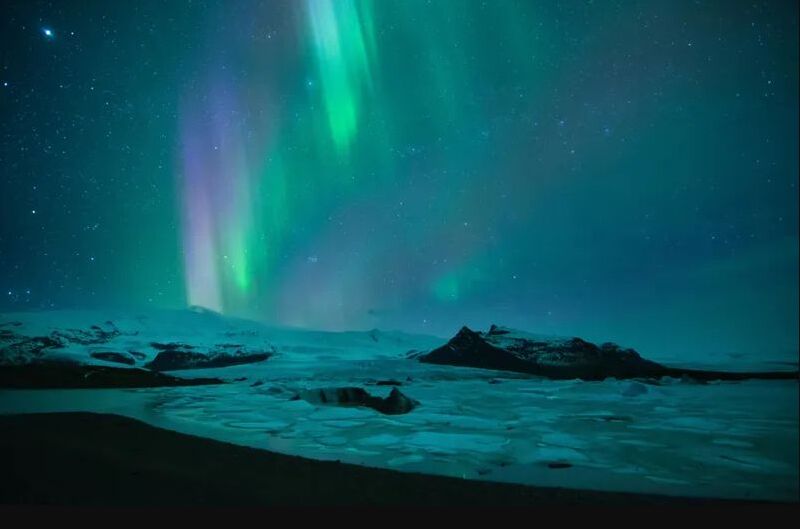
Selling the Northern Lights: A Unique Historical Endeavor
In a fascinating historical episode, Icelandic poet Einar Benediktsson attempted to sell the northern lights. Motivated by the belief that foreign investment could benefit Iceland, he toured Europe in the late 19th century, seeking a buyer for this extraordinary natural display.
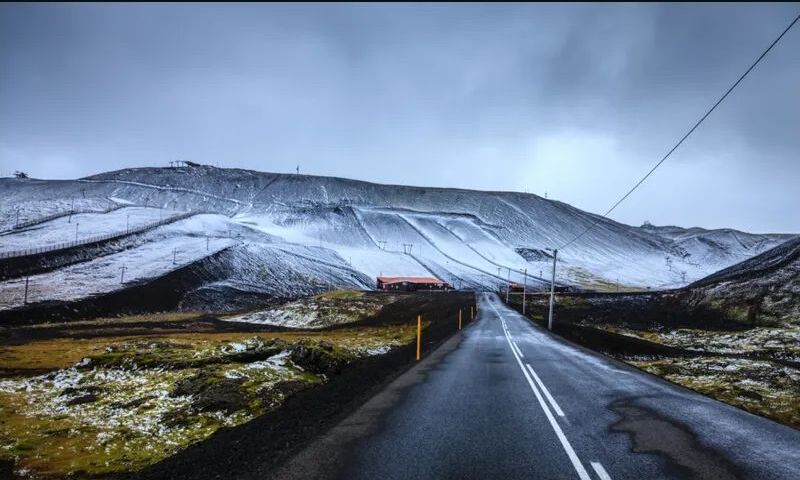
Snowland? Iceland’s Curious Naming Origin
The Viking Naddodur, discovering Iceland in the ninth century, named it ‘Snowland’ due to the unexpected snow in September. This historical anecdote adds a touch of curiosity to Iceland’s origin story.
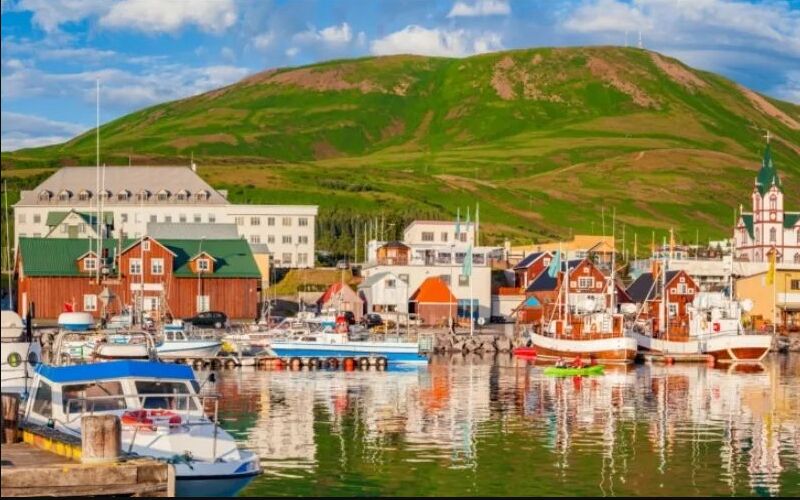
A Little Town Called Húsavík: Whales and Cinema
Húsavík, known as the ‘whale watching capital of Europe,’ gained additional fame as the backdrop for the Netflix movie “Eurovision Song Contest: The Story of Fire Saga.” The town’s Whale Museum enhances the educational aspect of whale-watching trips.
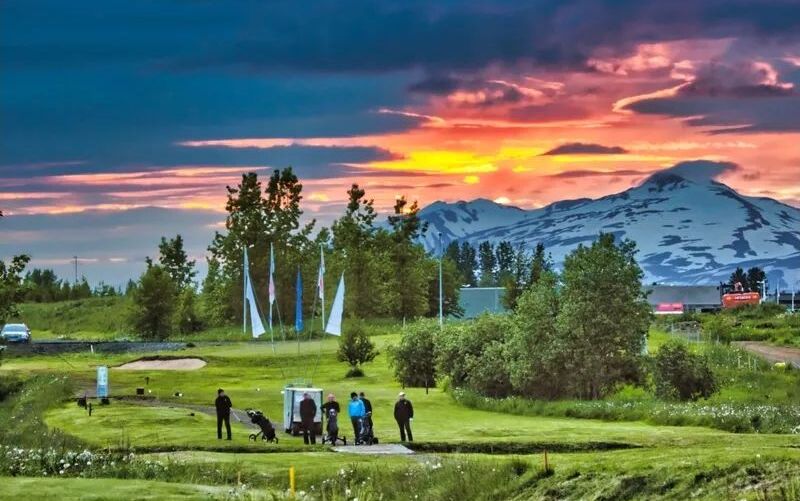
The Midnight Sun: Golfing Under the Arctic Sun
Iceland’s ‘midnight sun’ phenomenon during summer invites golf enthusiasts to play at midnight. The Arctic Open at the Akureyri Golf Club showcases this unique event, drawing golfers from around the world.
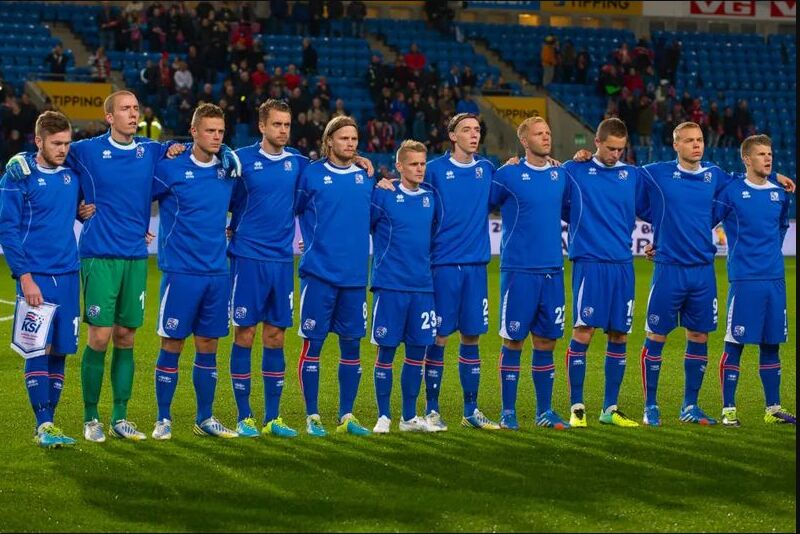
The Smallest Nation in the World Cup: Iceland’s Football Feat
In a more recent achievement, Iceland, the smallest nation to qualify for the World Cup, made a mark with players who balance regular day jobs, ranging from filmmakers to dentists. Despite its size, Iceland’s football team showcases remarkable skill on the global stage.
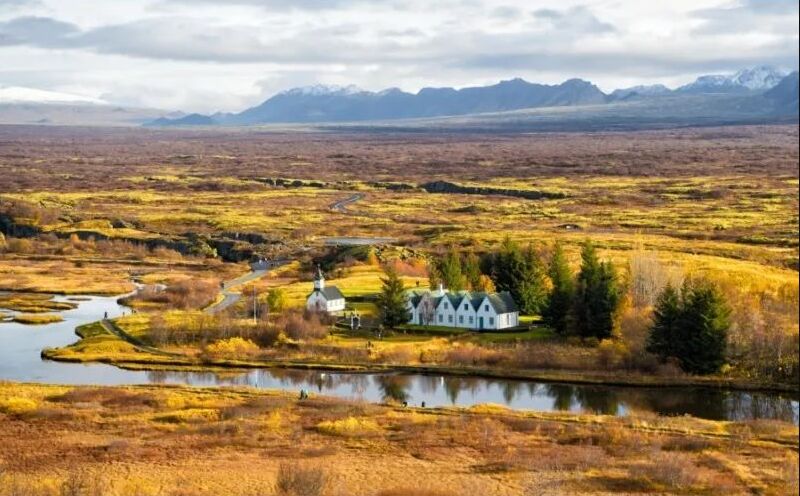
Iceland Was Once Covered in Trees: A Viking Legacy
In a captivating chapter of Iceland’s past, lush forests adorned 40% of the island. However, the arrival of Vikings marked a transformative era, as these settlers utilized trees extensively for constructing homes, crafting boats, and clearing land for agriculture. Today, the Icelandic landscape reveals a mere 2% forest coverage, prompting ongoing reforestation initiatives to revive the island’s once-forested glory.
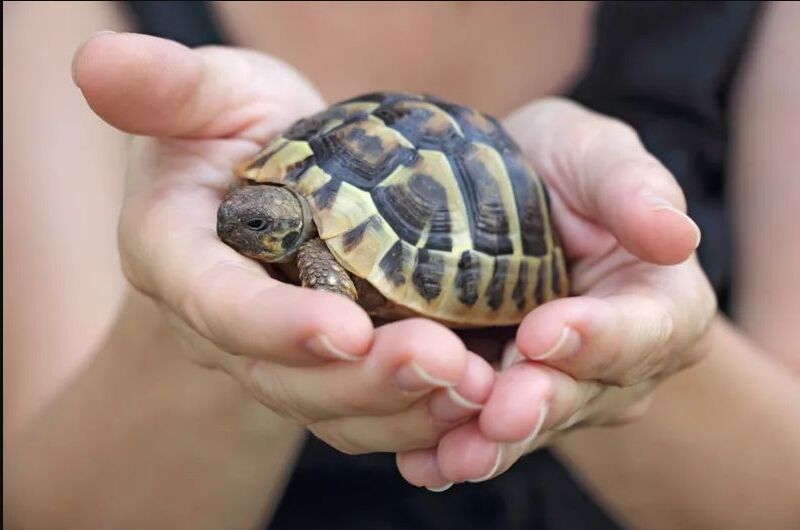
No Pet Reptiles: Unusual Pet Laws
The intricacies of Iceland’s pet regulations extend beyond the commonplace, where the ownership of reptiles is strictly prohibited. This prohibition stems from a salmonella outbreak in the early ’90s, directly linked to a pet turtle. As a result, Icelanders are barred from keeping snakes, turtles, and lizards, underscoring the nation’s cautious and health-conscious approach to pet ownership.
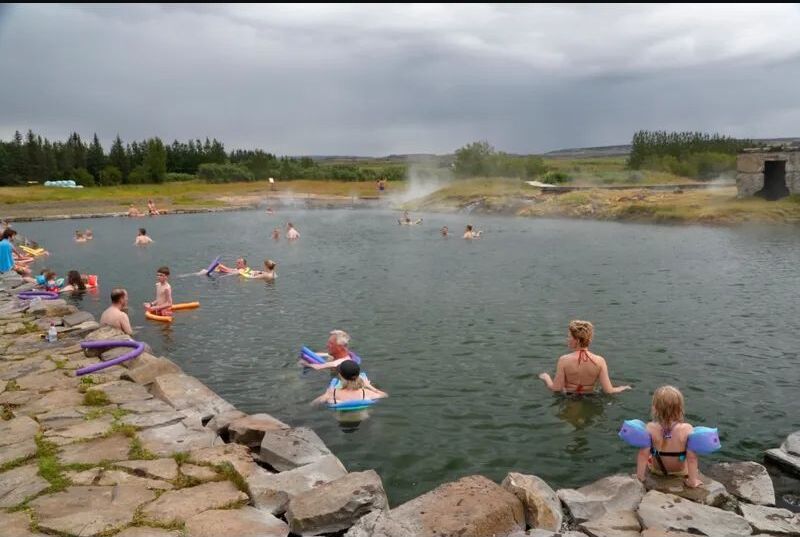
So Many Swimming Pools: Icelandic Love for Swimming
Despite the formidable climate, Icelanders harbor a deep affection for swimming, giving rise to the world’s highest swimming pool-to-human ratio. Abundant pools, lagoons, and hot springs provide Icelanders and visitors alike with ample aquatic havens, ensuring a serene and uncrowded swimming experience amid the country’s natural beauty.
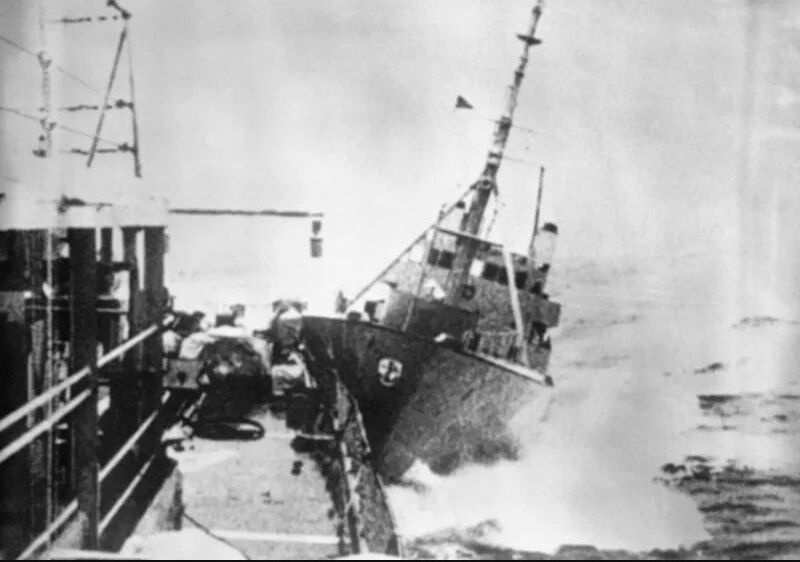
The Only War: Iceland’s Peaceful History
Iceland’s history is marked by tranquility, with the ‘Cod War’ against the UK in the ’60s and ’70s standing as its solitary military conflict. Originating from a dispute over fishing grounds, this incident underscores Iceland’s commitment to peace, as the nation has abstained from participating in global wars or engaging in invasive actions throughout its existence.
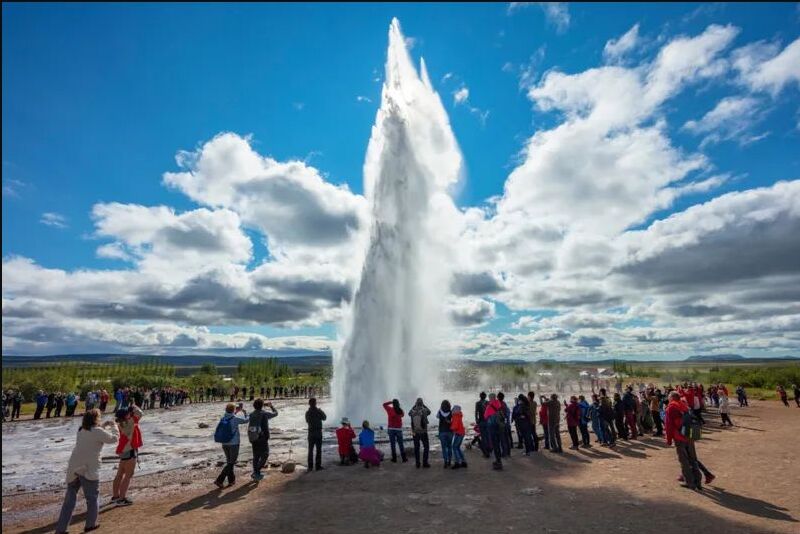
Interesting Origin of Word: The Birth of “Geyser”
Linguistic enthusiasts can find delight in the etymology of the English term “geyser,” which traces its roots to Iceland’s renowned Geysir in Haukadalur. This active geothermal wonder, recognized as the first geyser ever recorded, imparts a unique linguistic connection between the global appreciation of geysers and Iceland’s geothermal marvels.
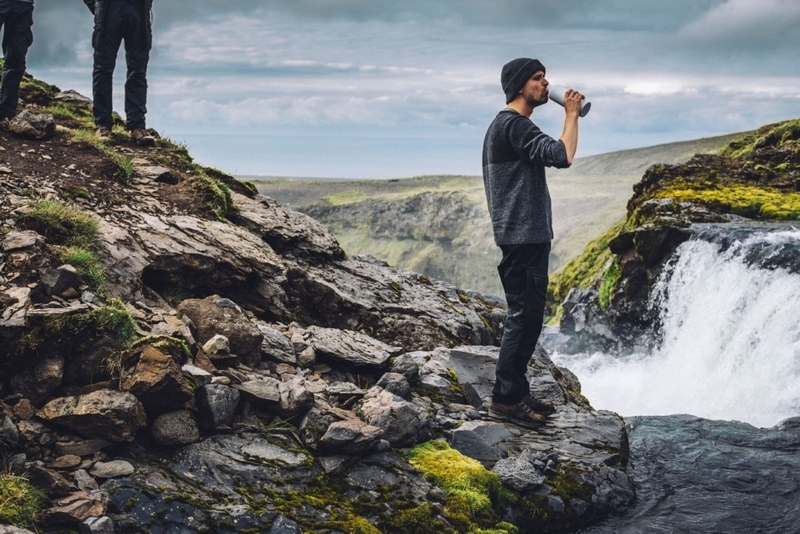
Pure, Clean Water: Nature’s Bottled Water
Iceland’s commitment to environmental purity is evident in its pristine water sources. The country’s water is so naturally pure that the need for bottled water is obsolete. Visitors can embrace sustainability by directly sipping from Iceland’s crystalline streams, lakes, and rivers, using personal bottles to collect nature’s refreshing elixir.
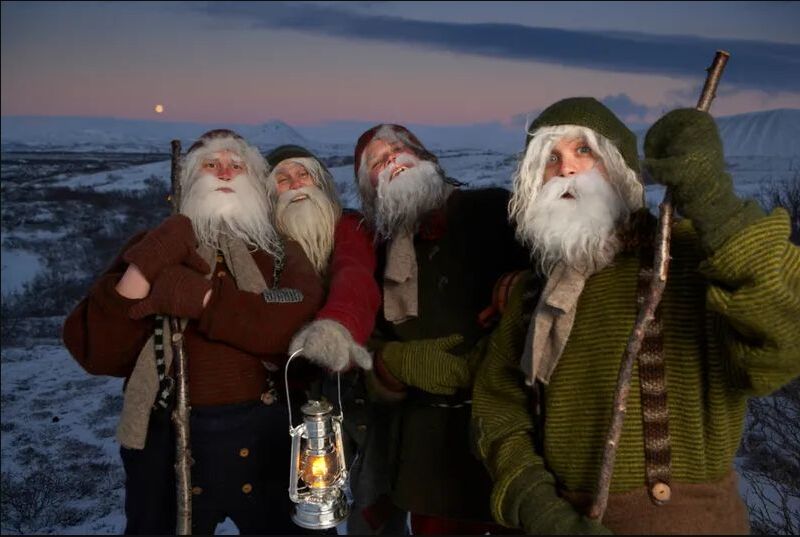
Iceland Has 13 Santas: Yuletide Tradition
Embracing a distinctive Yuletide tradition, Icelanders anticipate the arrival of not just one, but 13 Yule Lads during Christmas. These unique Santas, each making a single visit, inject excitement into the festive season, delivering small gifts to Icelandic children starting 13 days before Christmas.
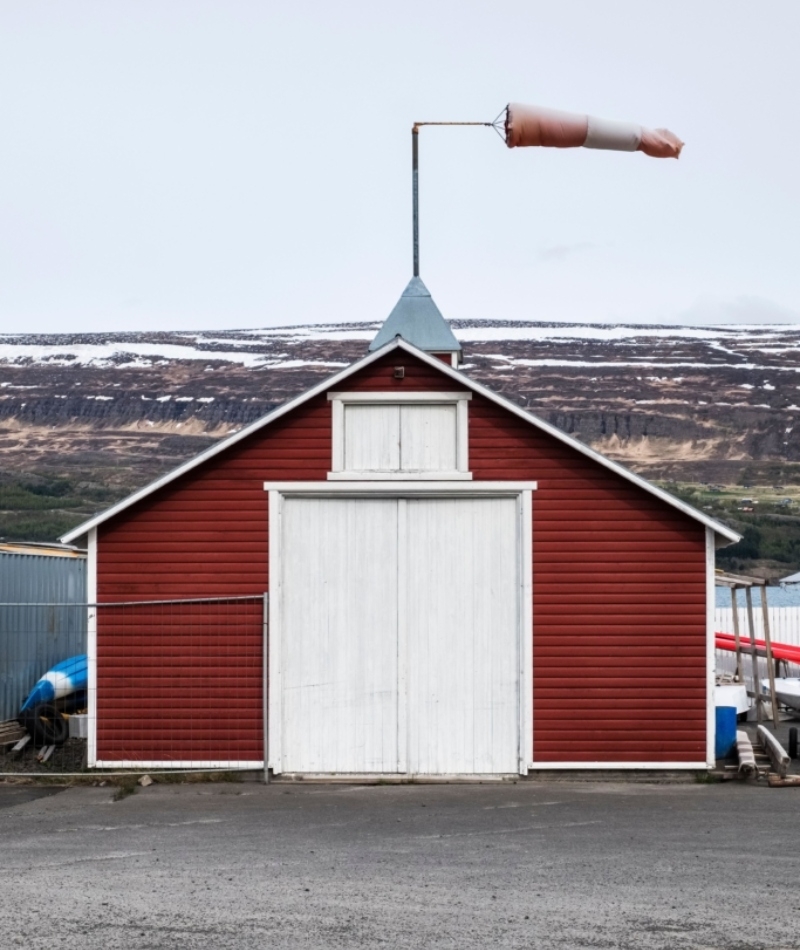
100 Words for Wind: Linguistic Richness
The Icelandic language, known for its complexity, boasts an impressive lexicon dedicated to wind, totaling 100 words. Despite the linguistic intricacies, Icelanders showcase their linguistic versatility by proficiently communicating in English, facilitating seamless interactions for global visitors. The language’s resemblance to Old Norse further enables locals to decipher ancient texts, preserving a rich cultural and historical heritage.
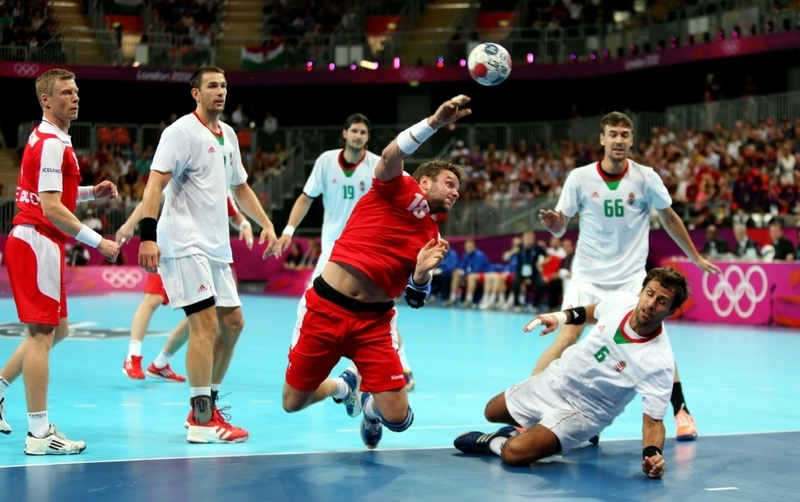
Iceland’s National Sport: Handball Enthusiasm
Amid the diverse array of sports Icelanders engage in, handball holds a special place as the national sport. The sport involves two teams striving to score by propelling a ball into the opposing net. Iceland’s national handball team’s triumph with a silver medal at the Beijing Olympics in 2008 exemplifies the country’s fervor and success in this athletic pursuit.

Icelanders and Their Books: Literary Legacy
Iceland’s enduring literary tradition, dating back to the 13th century, underscores the nation’s profound connection with books and magazines. A remarkable statistic reveals that one in ten Icelanders endeavors to publish a book in their lifetime, establishing Iceland as a prolific producer of writers per capita and affirming its enduring commitment to literature and intellectual pursuits.
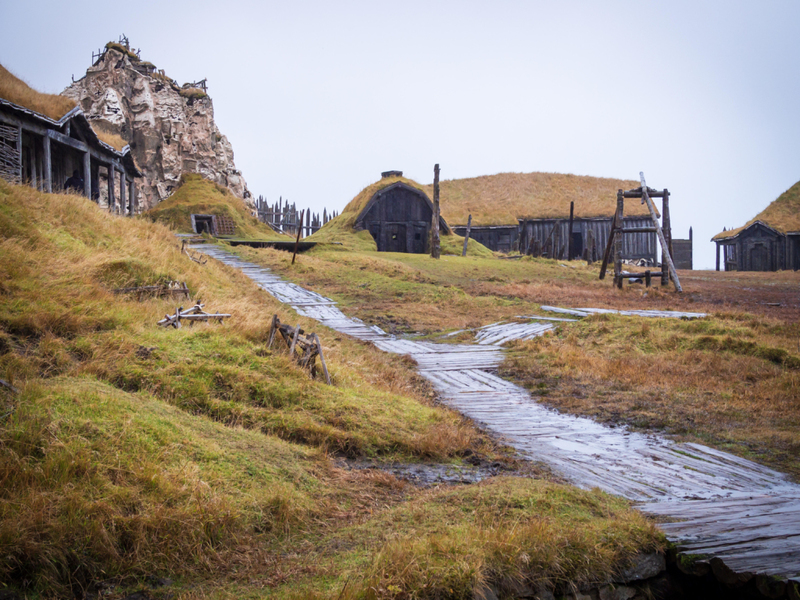
The Last Frontier: Human Settlement Over 1,100 Years Ago
Iceland holds the unique distinction of being the last place on Earth settled by humans, a journey initiated over 1,100 years ago by Norse people from the Norwegian Viking age. While some historical records suggest earlier habitation by Irish monks, the Vikings became the enduring settlers, navigating the island’s rough and isolated terrain.
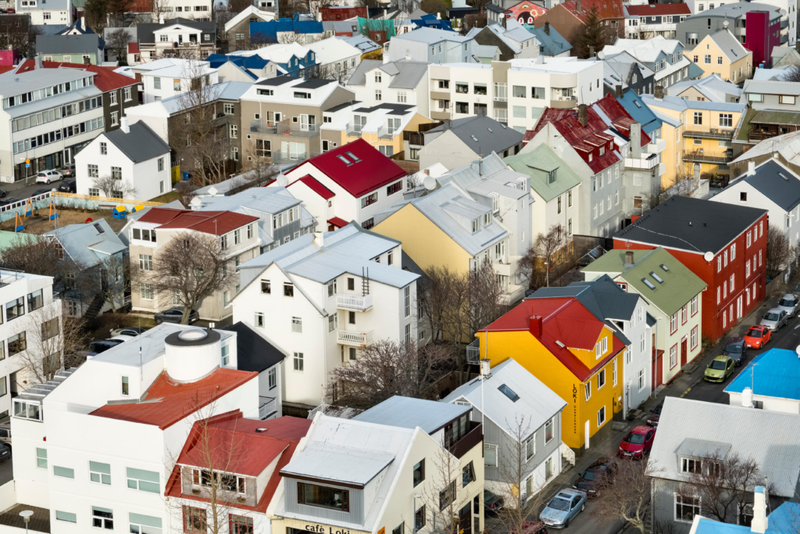
Most of the Population Lives in Reykjavik: A Concentrated Hub
Despite its small size, Reykjavik serves as the residence for a significant 60% of Iceland’s population. This vibrant city is renowned for its colorful buildings and lively nightlife. Moreover, Reykjavík is home to the National and Saga museums, providing insights into Iceland’s rich Viking history.
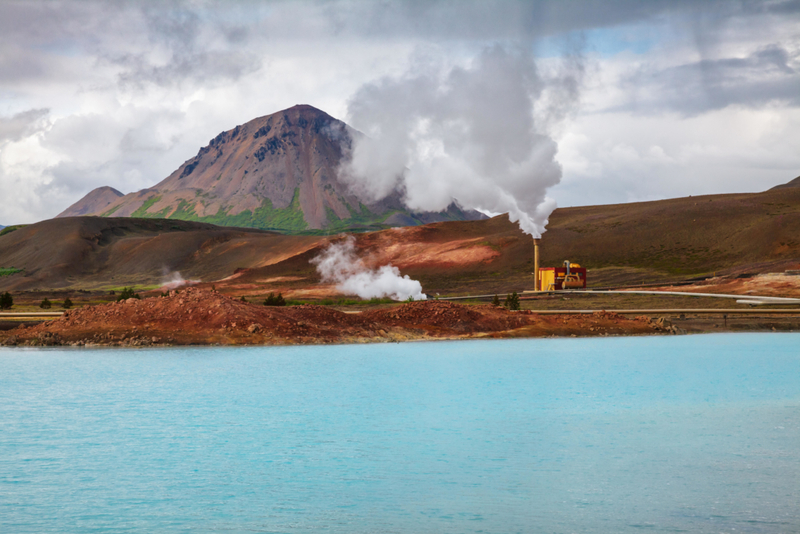
Iceland’s Sustainable Energy: A Leading Force in Renewable Power
Iceland emerges as a trailblazer in sustainable energy, with almost all electricity production sourced from renewable means such as hydropower and geothermal power. This commitment not only places Iceland at the forefront of sustainable practices but also results in remarkably low electricity prices, making power almost cost-free.
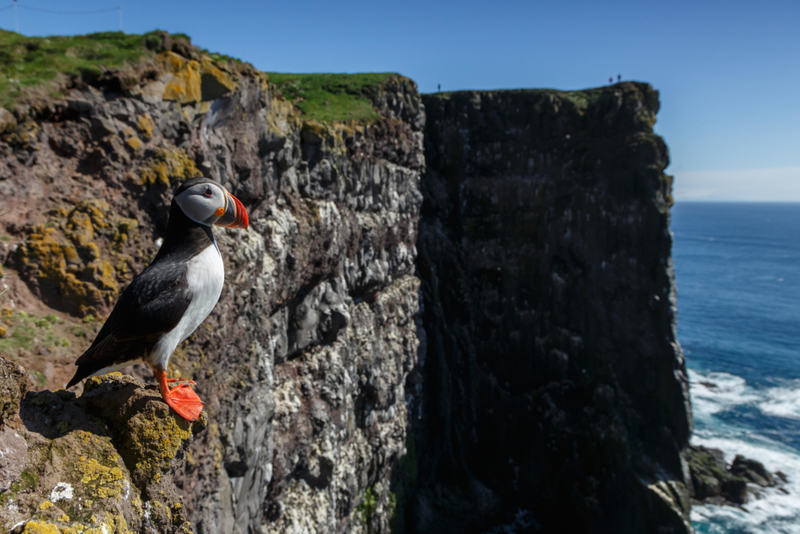
Iceland’s Birds: Majestic Cliffs and Diverse Avian Life
Situated in the Westfjords region, the towering rock faces of Látrabjarg host the tallest bird cliffs in Europe. This remote location is a haven for various bird species, including the Arctic Skua, Razorbills, Atlantic Puffins, and Guillemots, making it a captivating destination for bird enthusiasts.
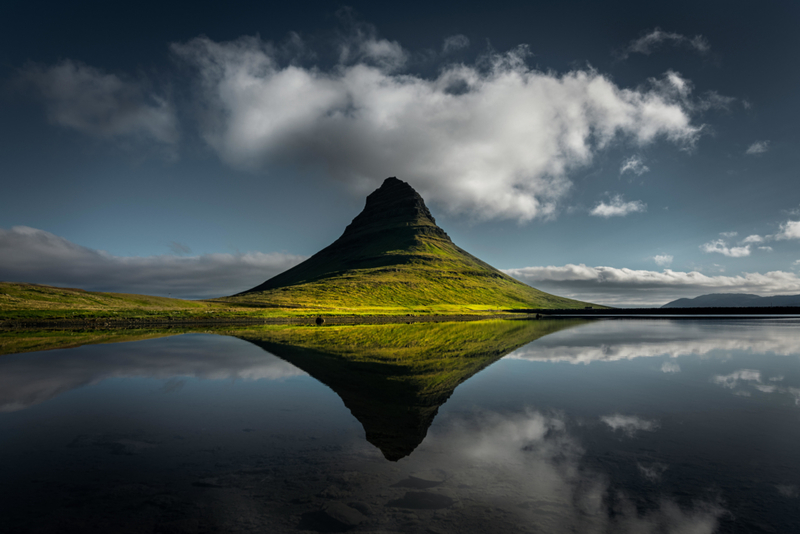
Iceland’s Featured Locations: A Cinematic Wonderland
The awe-inspiring landscapes of Iceland serve as prime shooting locations for major TV and movie productions, ranging from ‘Star Wars’ and ‘Star Trek’ to ‘Game of Thrones.’ The country’s epic scenery, featured in notable films like ‘The Secret Life of Walter Mitty,’ ‘Prometheus,’ and ‘Batman Begins,’ contributes to Iceland’s global recognition.
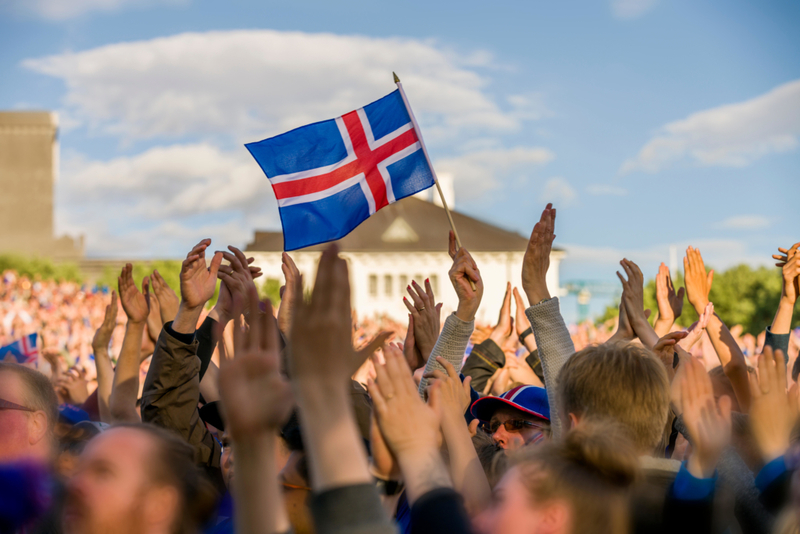
The Icelandic Language: Rooted in Old Norse with Modern Nuances
Icelandic, a North Germanic language, has preserved its roots from Old Norse for over a thousand years. While evolving to accommodate new inventions, the language maintains a connection to its historical roots. For instance, the computer is referred to as a ‘tolva,’ translating to ‘Numbers Witch.’
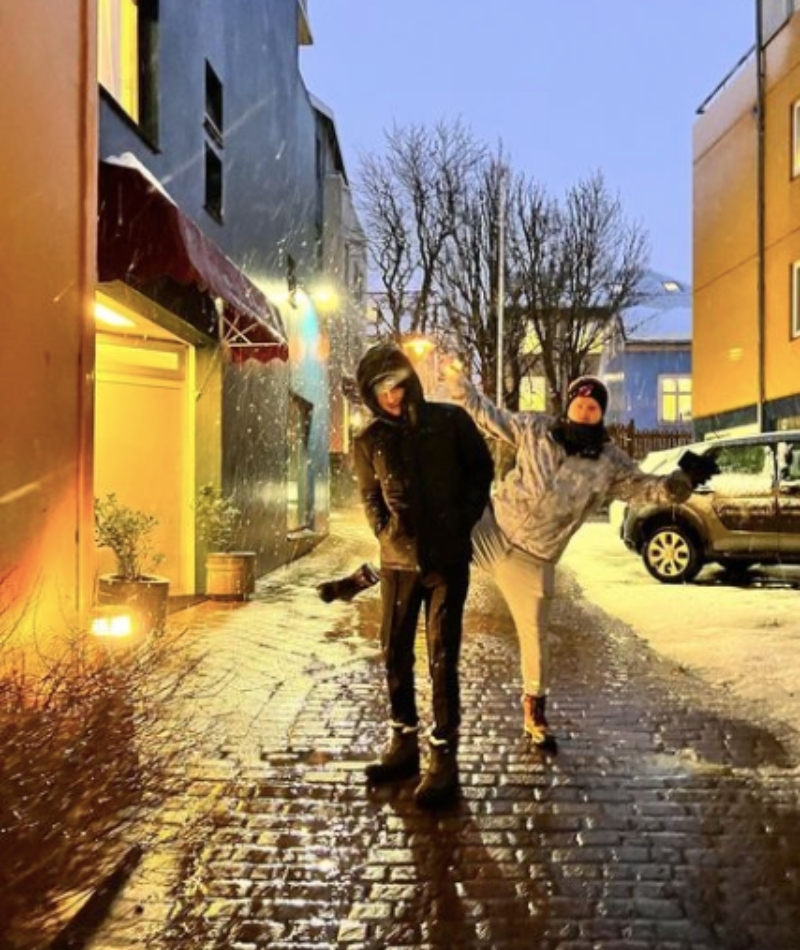
Iceland Doesn’t Have an Army: Relying on Defense Alliances
Eschewing a national army, Iceland relies on NATO for defense, with its coast guard historically involved in conflicts like ‘The Cod Wars’ against the UK. Iceland emerged victorious in this fishing rights dispute, solidifying its reputation as a resilient and formidable nation.
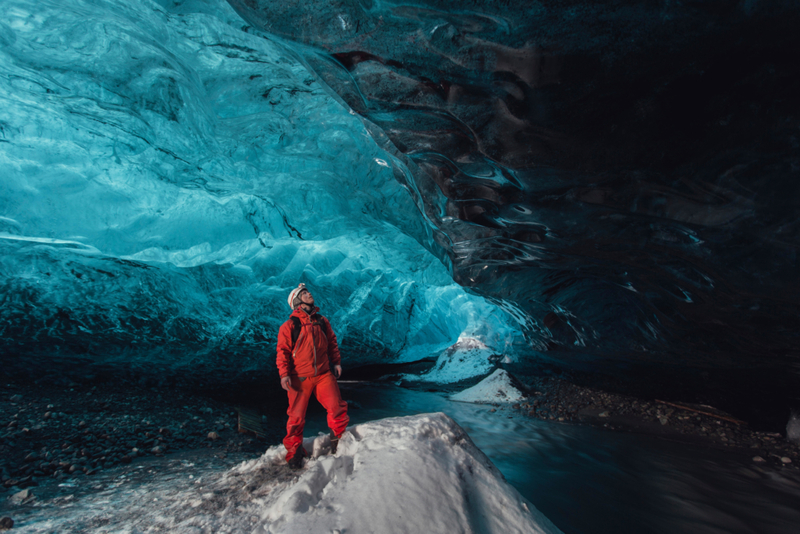
Europe’s Largest Glacier: Vatnajökull’s Natural Grandeur
Vatnajökull, aptly named the “Water Glacier,” stands as Europe’s largest glacier, covering approximately 8% of Iceland’s total landmass. Concealing ravines, mountain tops, and dormant volcanoes beneath its icy expanse, Vatnajökull represents a breathtaking force of nature.
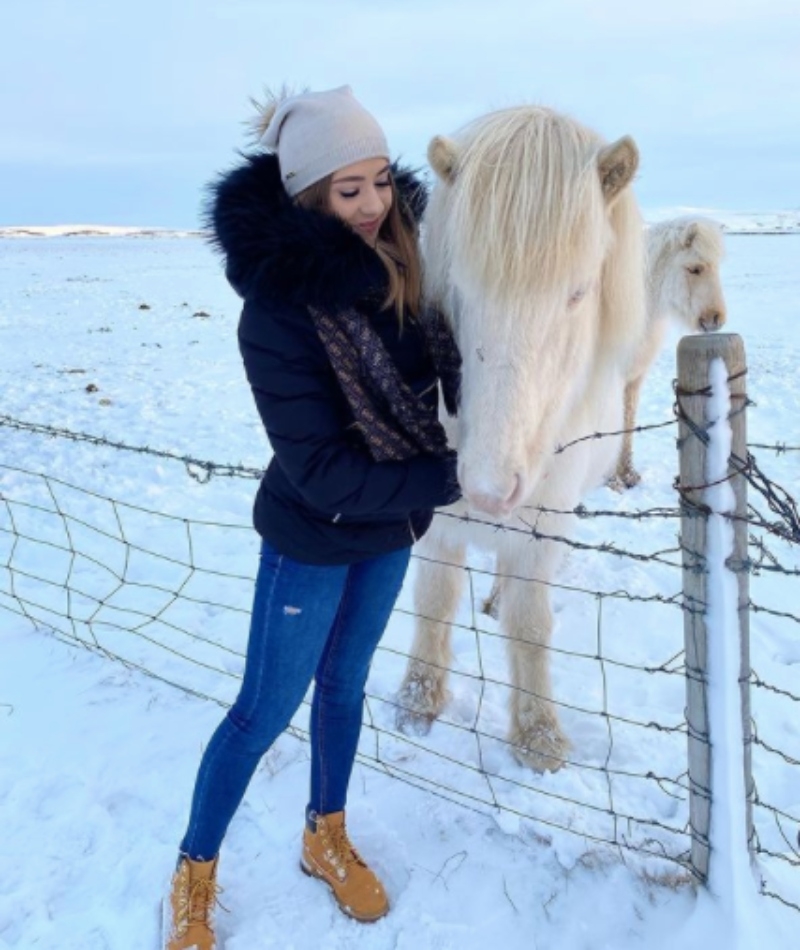
Icelandic Horse: Preserving Centuries-Old Purity
Icelandic horses are among the world’s purest breeds, and Iceland upholds a stringent protocol to maintain their genetic integrity. Once these horses leave Iceland, they are prohibited from returning, safeguarding a heritage that has remained isolated for over 1,000 years. This practice underscores Icelanders’ commitment to preserving their cultural and historical legacy.
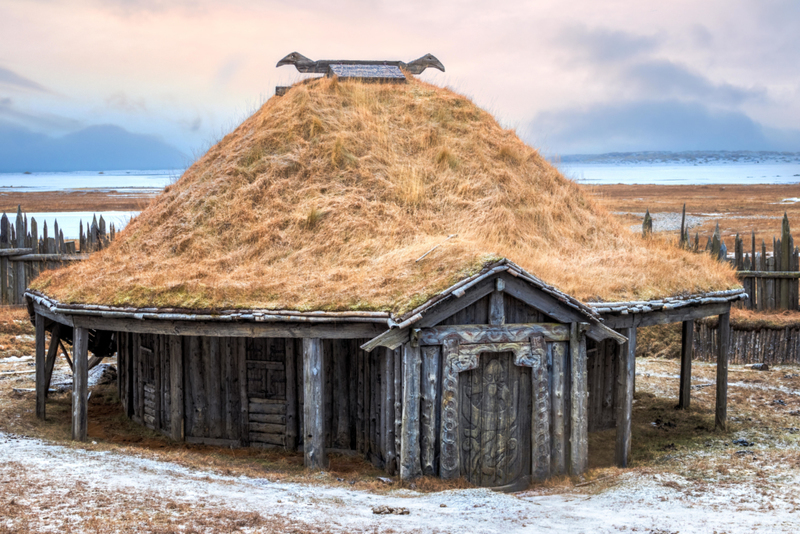
Icelanders have access to an extensive family-tree app, a result of meticulous surveys and genealogical recordings collected throughout the country. Utilizing this tool, Icelanders can effortlessly trace their familial roots back for several centuries, discovering connections to a small clan of Celtic and Viking settlers.
Viking Lineage: A Comprehensive Family Tree
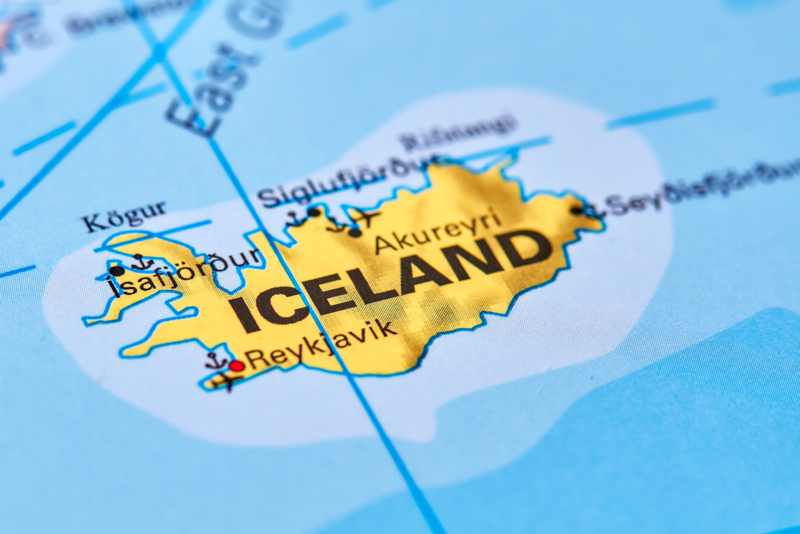
You Wouldn’t Guess How Long…: Compact Size with Vast Terrain
Despite its compact size, Iceland’s vast landmass is predominantly tundra, characterized by treeless Arctic terrain. While the entire country could easily fit within the state borders of Colorado or Ohio, traversing it by car, respecting speed limits, would take approximately 17 hours. The expansive landscape, dotted with natural wonders, contributes to the unique charm of Iceland.
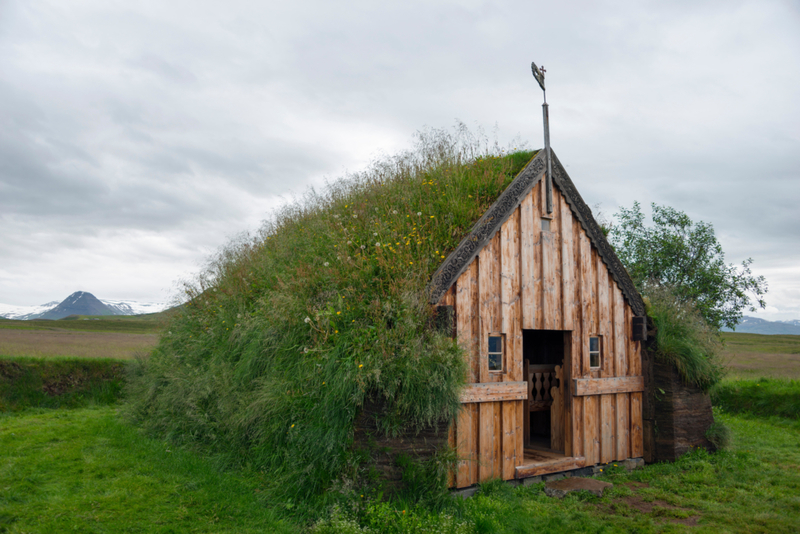
Oldest Church in Iceland: Grafarkirkja’s Historical Significance
Grafarkirkja Church, dating back to the 17th century, stands as Iceland’s oldest church. Remarkably, it features a turf wall that extends from the ground, covers the roof, and descends on the other side. This architectural style, originating from Iron Age building techniques, reflects historical practices where the Romans used “turf bricks” for constructing forts and citadels.
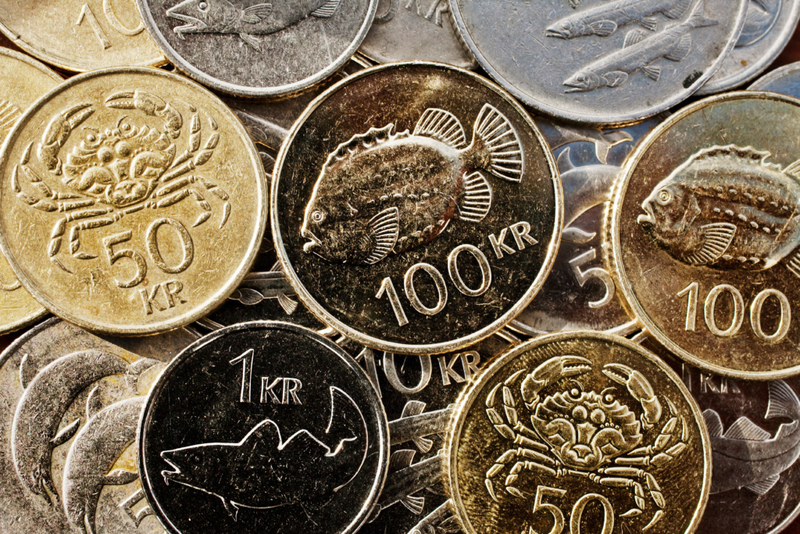
Icelandic Currency: Marine Wildlife Tribute on Coins
In a departure from the norm, Iceland’s currency pays homage to marine wildlife rather than featuring prominent figures. The coins display intricate imprints of fish and shellfish, celebrating the country’s rich connection to its surrounding oceans.
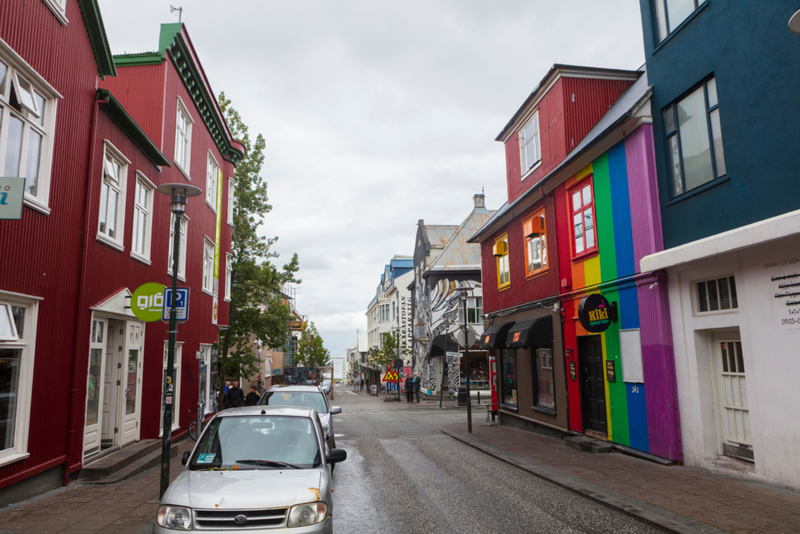
Summertime Sun: Endless Daylight Hours
During the summer, Iceland experiences up to 21 hours of daylight, creating an environment where darkness becomes a rarity. The extended daylight hours might lead to unexpected experiences, such as finding oneself at an outdoor bar in broad daylight at 11:30 pm, making it easy to lose track of time.
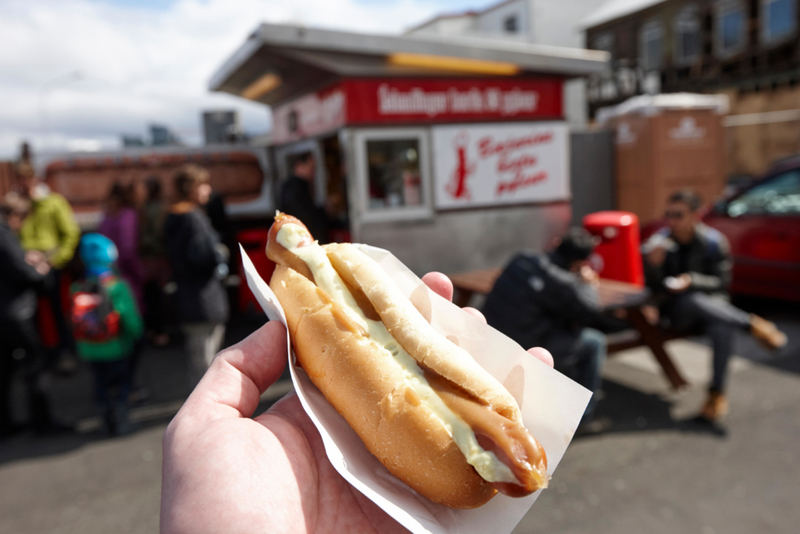
Iceland’s Favorite Food: Unique Hot Dog Delicacy
Contrary to expectations, hot dogs are a cherished Icelandic delicacy, featuring lamb meat instead of traditional pork or beef. Renowned stands, visited by celebrities like Bill Clinton and Kim Kardashian, offer hot dogs with special ketchup made from apples. The unique combination includes sweet mustard, raw or crispy onions, and, of course, ketchup with an apple twist. This unexpected culinary delight has become a staple in Icelandic gastronomy.
